Walking Horse vs Racking Horse: The Breed Comparison Nobody Asked For (But Everyone Needs)
Jan 03, 2024 | Super Equestrian
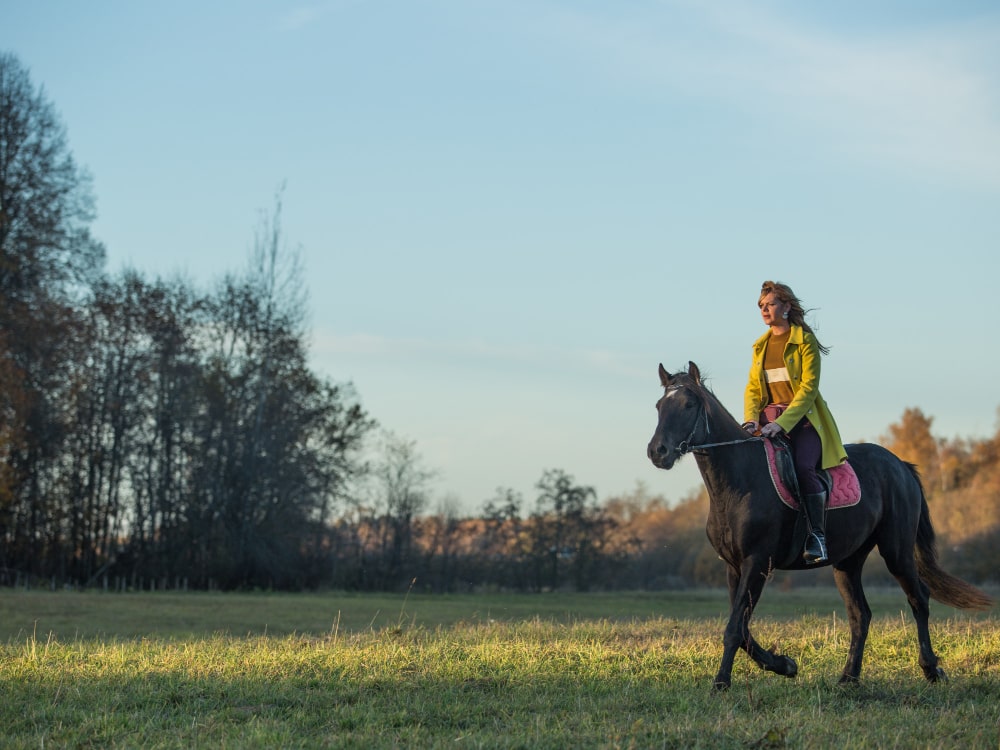
Imagine you are spending your leisure by walking in an open field with a peaceful gait or movement where no one is around you.
At this moment you find a group of military people parading smoothly with similar gestures on the other side of the field. Both these situations resemble two separate movements at different speeds and rhythms.
Exactly the same thing you can observe in the case of walking horses and racking horses, which are two bred products of Tennessee Walking Horse. Due to their distinct patterns of movements, they are used for various important equestrian activities.
In this article, we are going to explain the comparison between a walking horse and a racking horse, their characteristics, and distinct activities in the equestrian discipline. So, stay with us…
Introduction to gaited horse
Gaited horses gained popularity due to their distinct gates and gentle behavior that plays a great role in traveling long distances without getting tired or feeling disturbed. They are very obedient to the rider's instructions, which is beneficial for beginner horse riders.
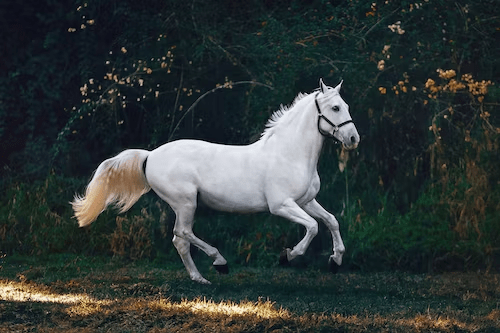
What are the characteristics of a Tennessee walking horse?
There are many types of gaited horses, Tennessee walking horse is one of the special bred products of them. They are naturally gaited horses because they inherit the gene of this unique characteristic from their ancestors. The speed of such horses is somewhere between a normal walk and a gallop (running).

Let's examine their Characteristics in detail:
- Proficient in doing versatile riding activities such as trail riding (horse riding in any natural environments other than general roads), endurance riding (contest of long-distance riding), and other beginners to advanced level horse riding due to their smooth, gated movements.
- They are famous for their four-beat gait (movement patterns of each foot are not identical), which means this type of horse touches the ground four times separately with each foot.
- They shake their heads when moving, which expresses their unique and graceful style of gaited movement.
- They have cool temperaments, as a result, they are very loyal to the rider and respond positively to his cues while riding.
- Suitable for long-distance riding due to their high energy conservation.
- Useful for those riders who have back pain or joint pain issues. You can ride comfortably with a Tennessee walking horse if you have these problems.
Evolution of Walking Horse and Racking Horse
During the eighteenth century, walking horses were produced in the middle part of Tennessee state as a result of cross-breeding. The primary purpose of producing these walking horses was to use them in field or plantation work.
Then, this bred horse became trained in leisure riding and plowing the land with great efficiency.
Later, horse lovers became interested in breeding horses with higher intelligence and multitasking abilities, which are descendants of the Tennessee Walking Horse. This way racking horses originated, which later played a major role in the equestrian discipline.
Compare between walking horse and a racking horse
Both are four-beat-gaited horses with a quiet temperament.
Racking horses are comfortable for riding because of their simple gait and gentle behavior. They are not aggressive in nature, but if you find any kind of abnormal behavior in them, you must check their physical condition. Because, due to any physical illness they can behave like this.
A racking horse moves its legs in a bouncing motion while walking, but a walking horse moves at a slightly slower pace without swinging its legs.
Both horses acquired this gait naturally but they can improve their speed by receiving some training. When it is possible to improve or change the natural gaits of both walking horses and racking horses via training, you can call them artificial gaits.
A good and reputable trainer can play a huge role in improving the speed or flexibility of this gaited movement. If you are looking for a professional to guide your horse, read: how to find a reputable horse trainer.
Uses of these two breeds
Both walking horses and racking horses are popular for their smooth and attractive gaits. Let's discuss their uses in detail:
Uses of walking horse:
- Long-distance trail riding
- Fieldwork or cultivating trees
- Convenient for older riders
- Due to their smooth and easy moving, they are used as pleasure horses.

Uses of racking horse:
- Racing contests or exhibitions
- Participating in yearly racking horse shows
- Trail riding
- Fieldwork
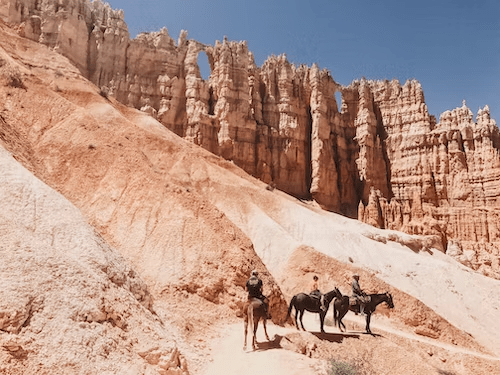
Classify different horse gaits
Horse gaits are the styles or forms of their leg movement that are not identical to each other. Let's explore different types of horse gaits, that help to make the best use of horses in various equestrian activities:
Walking: Four-beat gait, where two or three legs keep footsteps in the ground. Horses shake their head and neck slightly to maintain coordination and balance.
Trot: Two-beat gait, which is faster than general walking but slower than cantering.
Canter: Three-beat gait which is faster than trotting but slower than galloping.
Gallop: Swift movement or running.
Back: A back gait is the movement the horse exhibits when it looks back on its own without the influence of the rider.
Distinct gaits of walking horse and racking horse
There are 3 different gaits commonly seen in walking horses and one gait in racking horses. Let's introduce those distinct gaits:
Flat Foot Walk: When the bony structure of your horse's spine moves to follow the walking steps of the horse, you can call it a flat foot walk. Another closely similar term is flat walk, where the spine portion does not move while walking.
Running Walk: This is the most popular gait of a walking horse, which basically maintains sequential footsteps by applying four individual gaits. Because of this walking style, these horses are used for different contests and long-distance trail riding with great comfort. This gait is faster than a flat foot walk or a regular walk.
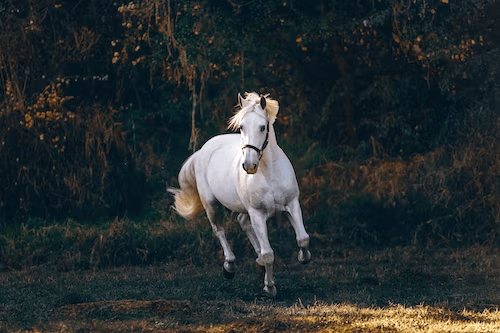
Canter: Movement pattern of a walking horse, where three beets are used and that is faster than trotting and slower than galloping or running.
Single-Foot Rack: In most cases, racking horses move with a single-foot rack. Since they exhibit easy and stress-free movements maintaining sufficient speed and agility by using each of their legs, their racking style is considered a "single foot rack".
Key differences between walking horse and racking horse
| Key Points | Walking Horse | Racking Horse |
| Place of Origin | Tennessee | Alabama |
| Well built muscle | Yes | No |
| Stride Length (stride means footstep) | Long (2.0-2.2 meter) | Short(1.7-3.2 meter) |
| Gained popularity for speed | No | Yes |
| Head shaking or nodding | Yes | No |
| Recognized for smooth-racking | No | Yes |
| Pattern of gaits | Four beats running walk | Rack (four beats with the quick movement of legs) |
Training strategies of walking horse and racking horse
You can train your gaited horse to improve their movement patterns in the following ways:
You can provide the same kind of training to both walking and racking horses, you just need to provide additional training to them considering some special conditions.
For example, to increase the stride length of a rocking horse, you need to provide a special exercise to it. Besides, you can train both walking and racking horses with some general exercises to increase their movement speed, reduce muscle stiffness, and improve communication with the handler. If you want to get the complete guideline on these training strategies, read this article: Natural horsemanship vs positive reinforcement.
Additionally, you must train the racking horse with "free walk". They can do free walks to take a break from their normal riding activities. This exercise is helpful to release stress or tension and increase the stride length and flexibility of muscles. In this gait, you can use loose and long reins and let your racking horses move freely.
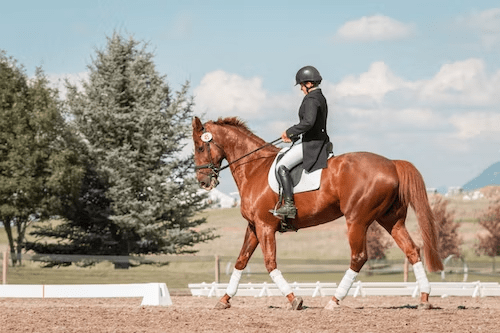
If you are interested in learning the training strategies of both walking horses and racking horses effectively, you can watch this video: Gaited horse training.
What are the health problems of the Tennessee Walking Horse?
Some bloodlines of the Tennessee walking horse carry a number of inherited genetic disorders. Besides, several health problems of this type of horse are also quite common. Let's discuss about those health conditions and their solution:
Genetic Conditions:
There are two specific genes ( GRM6 and TRPM1) in the horse's DNA that help to distinguish low light and darkness. But some bloodlines of Tennessee walking horses can not see these colors due to the mutation or change of any genetic sequence of this two particular gene. That's why they suffer from blindness at night.
Again, a few bloodlines have problems in the spine and muscle weakness issues due to the genetic variation in the PSSM1 gene ( PSSM1 stands for Polysaccharide Storage Myopathy Type-1).
However, this horse breed does not have any serious genetic issues that are very common in other superior-quality horses. So, you must be very careful in selecting those specific breeds. To know more about those bloodlines, read Quarter Horses Bloodlines to Avoid.
Health Issues:
- Digestive Problems: Stomach acidity may cause ulcers and problems in food digestion.
- Breathing Difficulty: Respiratory problems arise from allergic reactions.
- Infectious Disorder: Influenza, herpes, or other viral or bacterial infections may arise.
- Shipping Fever: Due to long-distance travel they get exposed to dust particles or pathogens, which may cause shipping fever. When the defense mechanism of their body fights to remove the harmful foreign particles, this shipping fever occurs.
- Joint Problem: These horses may suffer from arthritis, an autoimmune disorder, in which the immune system fights against their own body parts. Since the defense system loses the ability to differentiate between foreign cells and normal cells, it affects the healthy cells of the body. Ultimately an autoimmune condition arthritis arises.
Strategies to manage health problems
Let's discuss the effective strategies to manage those physical illnesses in the correct way:
Groom your horse regularly, that will help to ensure effective care of its health. You can easily identify your horse's physical problems if you do regular grooming and monitor its health conditions. Read this article on "Order of grooming a horse" to know the steps of an effective grooming session.
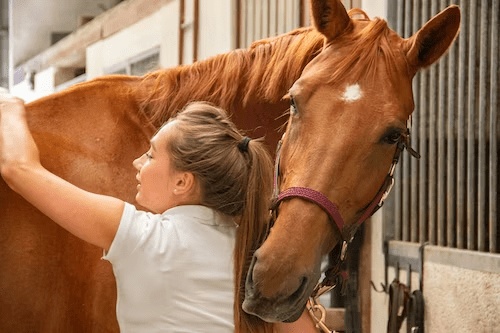
- Allow your horse to spend time with other horses, that will help it socialize and improve its mental wellbeing.
- Complete the full course of vaccination, which will help to protect them from various common health problems and make their immune system stronger to fight any infections.
- Ensure weekly or monthly veterinary check-ups with the help of a professional veterinarian, which might help to ensure immediate treatment if any unusual health condition arises.
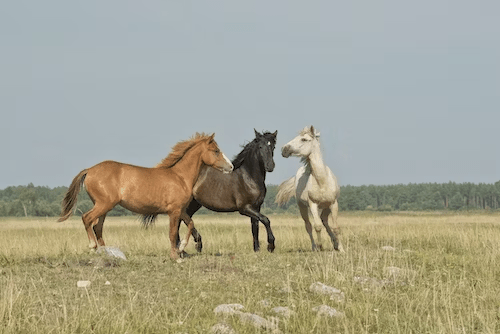
Frequently Asked Questions
Can you ride a gaited horse?
Yes, gaited horses are popular for their calmness and comfortable riding. So, you can easily travel a long distance with a gaited horse
Why would you use a racking horse?
Racking horses can ride for a long period of time due to their smooth and elegant gait. Additionally, they have gentle behavior and do not easily get tired while riding. That's why they are also suitable for different riding competitions.
Are gaited horses convenient for new riders?
Yes, new riders can easily ride gaited horses because they have a natural tendency to follow the handler's cues and move accordingly.
Summing Up
Walking horses are suitable for free time riding and performing field work due to their unique and graceful movements. On the other hand, the racking horses are popular for trail riding just like the similar rhythmic movements of military parades.
I hope this brief discussion has provided you with a good understanding of the breed comparison that everyone should know about. If you have any opinion regarding this article you can comment.
Feel free to share this discussion with those equestrian enthusiasts, who are concerned about the bred comparison between walking horses and racking horses.
Recent Blogs
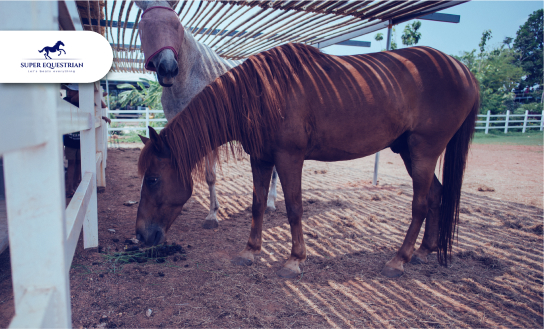
Common Equine Diseases and How ...

Equine Health Supplements: What Every ...
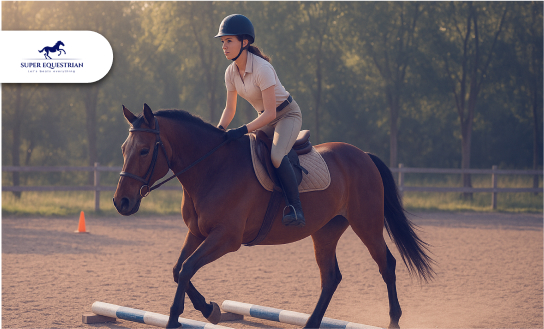
Jumping Basics: How to Prepare ...
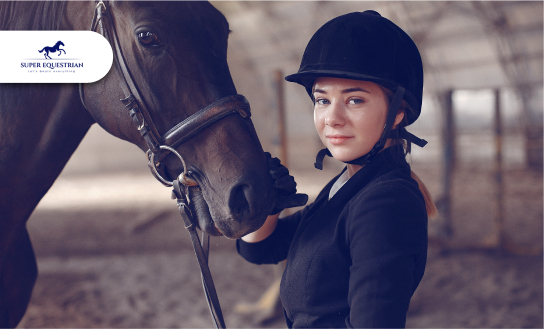
Essential Horse Riding Gear for ...
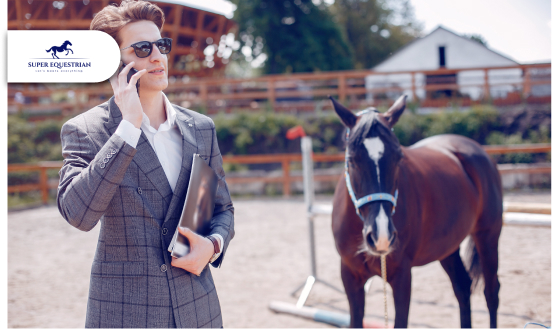
How to Balance Work, Life, ...

How to Balance Work, Life, ...
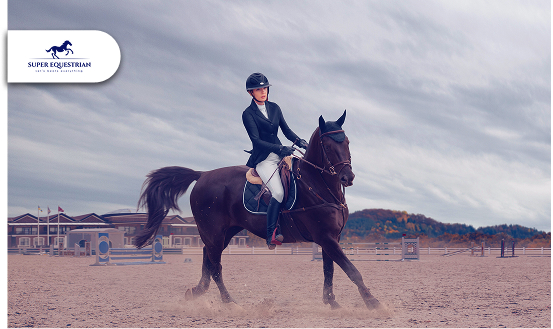
Top 5 Exercises to Improve ...
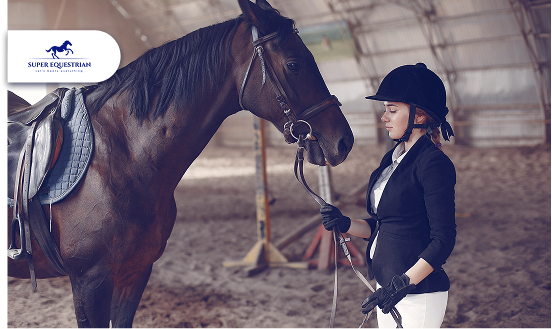
How to Build Confidence as ...
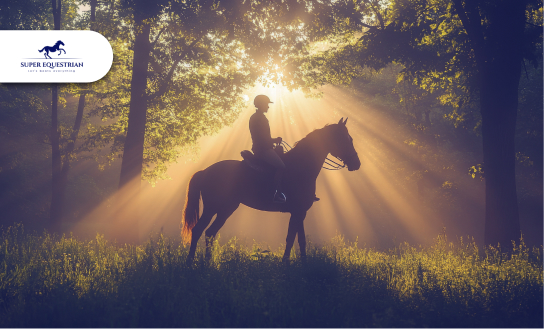
Spotlight on Equestrian Legends: Riders ...
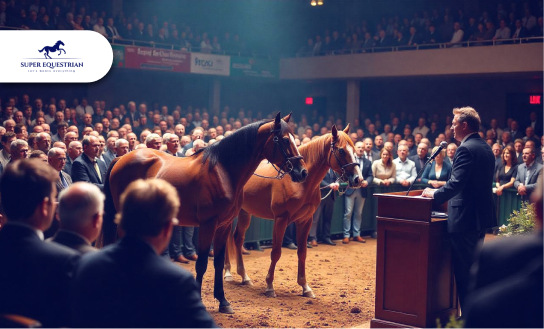
Horse Auctions and Sales...

Top Horse Friendly Travel Destinations ...

How to Build Stronger Bonds ...

Upcoming Horse Shows and Competitions ...
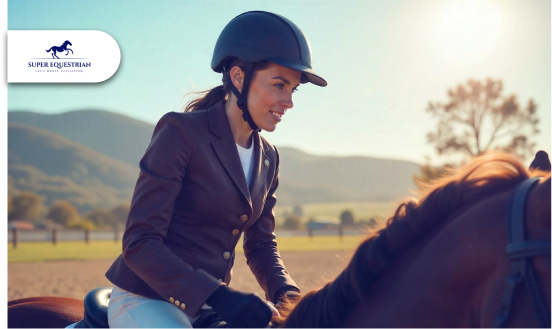
MIPS Equestrian Helmet The Future ...
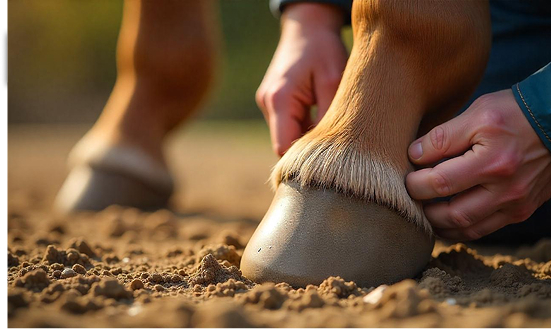
How to Recognize and Treat ...
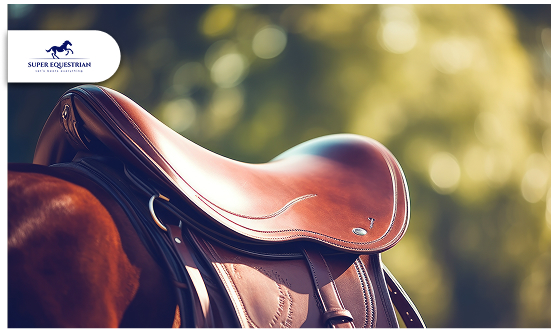
How to Choose the Perfect ...
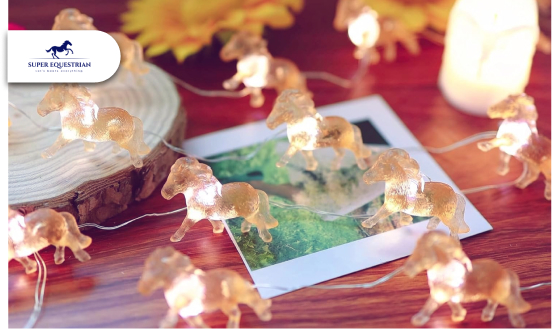
Horse-Themed Gifts Unique Ideas ...
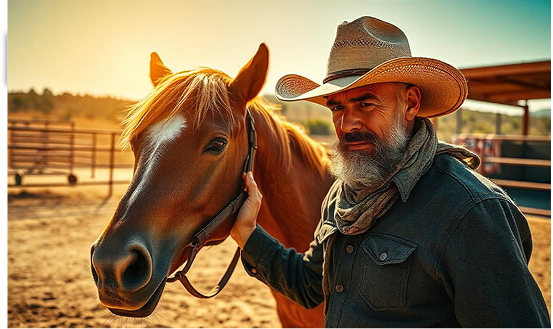
Horse Training Techniques: Creating A ...
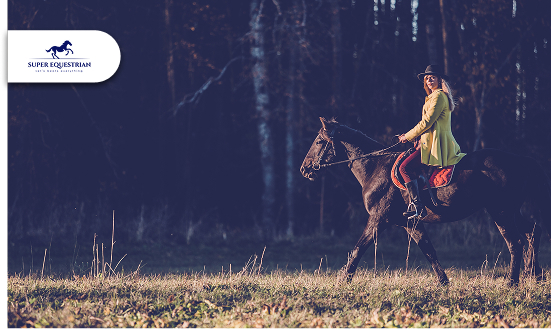
Horseback Riding Lessons – Everything You ...
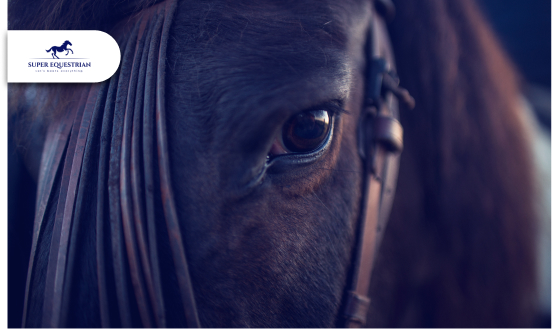
Horse Photography Tips: Learn the ...
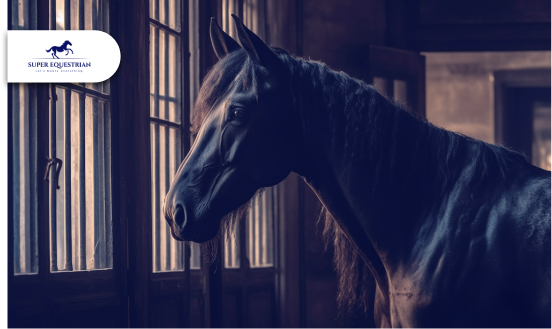
Horse Stable Management: The Quiet ...
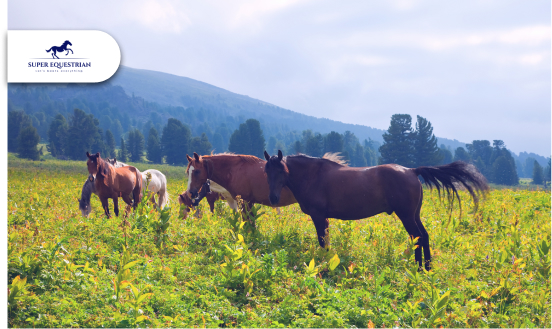
Horse Rescue Organizations: A Profound ...
Horse Racing Events A Look ...
Best Horse Manure Fork Six ...
What Are The Rarest Horses ...
What Does It Mean When ...
Horse Insurance Providers This Is ...

Horse Behaviour and Psychology: Learn ...

How Much Does a Horse ...
.jpg)
Best Monoflap Saddles For Your ...
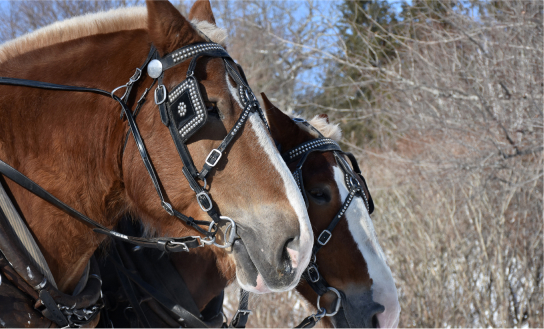
Best Hackamore For Barrel Racing...
.jpg)
Best Barrel Racing Reins Top ...
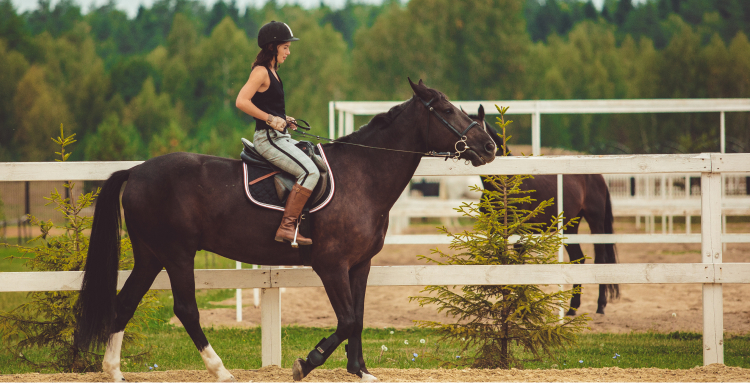
Horse Anatomy And Physiology: Facts ...
.jpg)
Best Stirrups For Ankle Pain - ...
.jpg)
Horse Care Tips and Tricks: ...
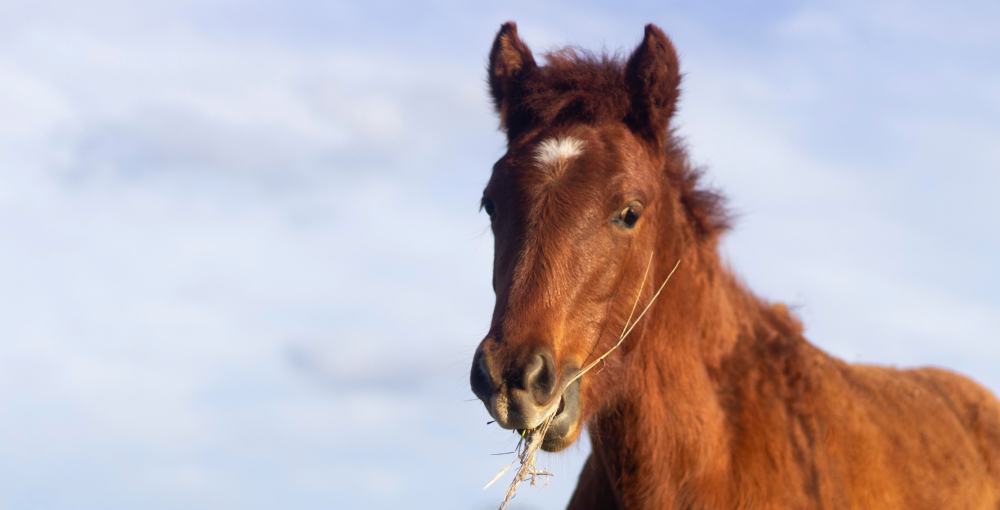
What Do Wild Horses Eat- ...
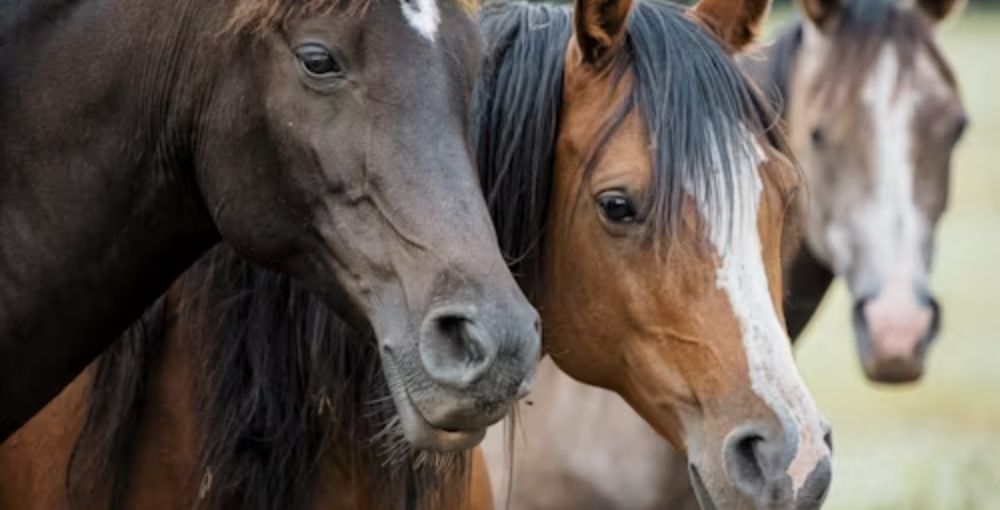
Horse Breeds and Characteristics: How ...
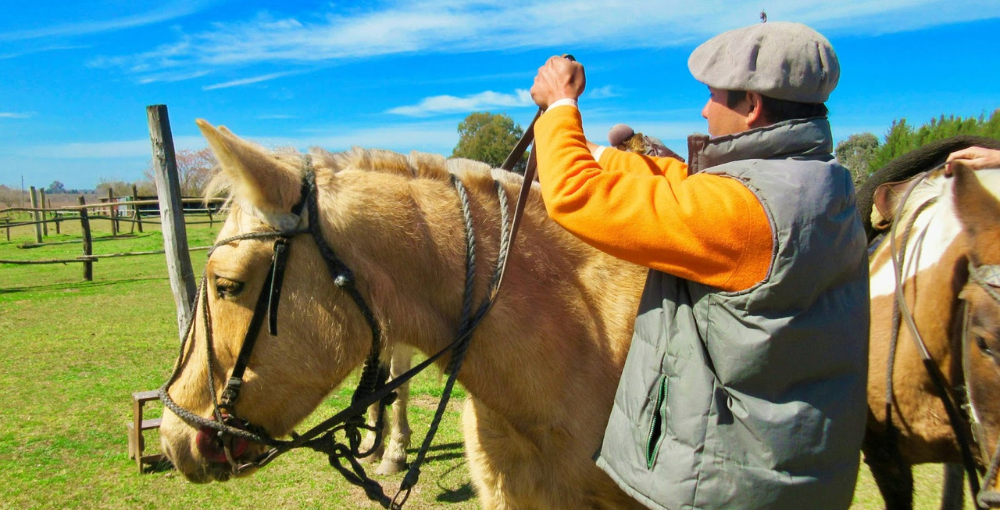
Best Barrel Racing Reins - Top ...

Horse Breeds and Characteristics: How ...
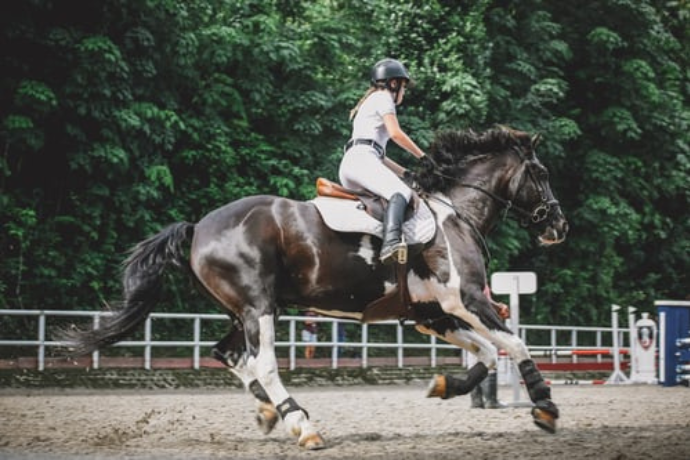
Best Breeches For Curvy Riders...
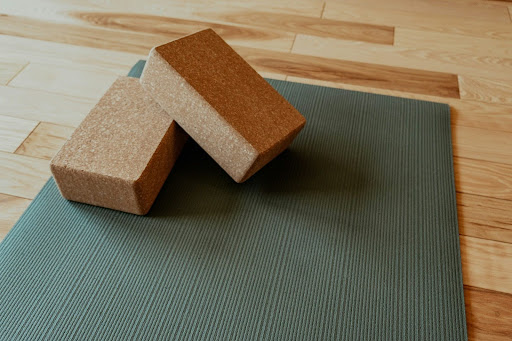
Best Stall Mats For Horses - ...

Best Horse Brushes ( A Thread ...

Best Saddle Rack ( Keep Your ...

Best Bit For Training a ...
.jpg)
10 Morgan Horse Show Held ...
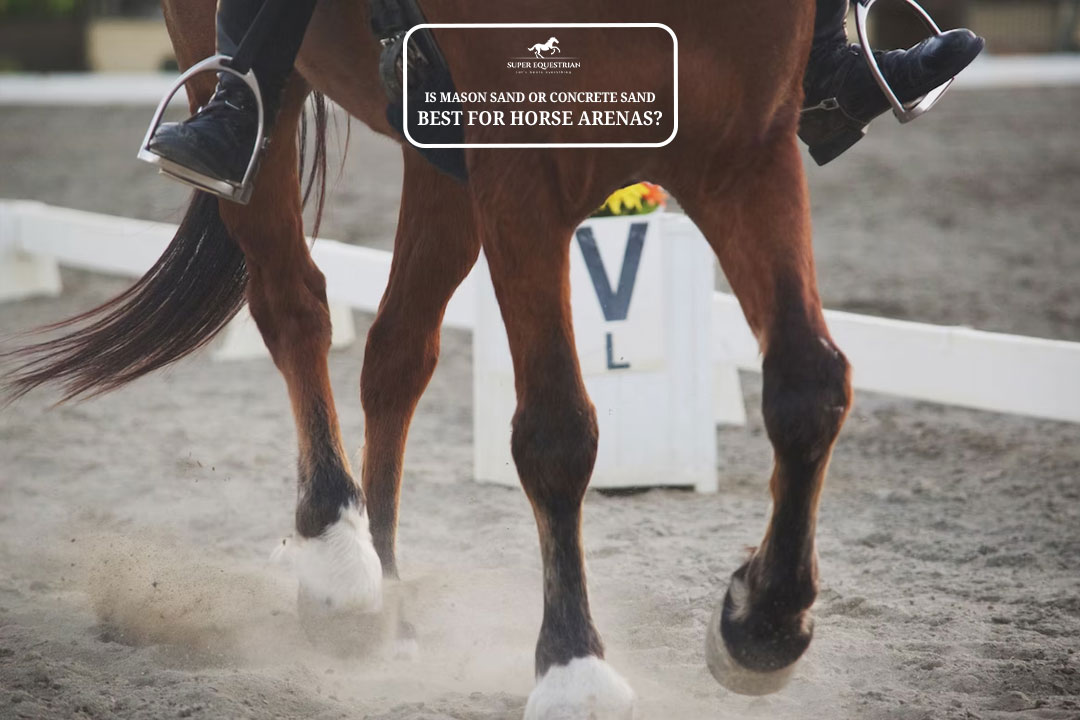
Is Mason Sand Or Concrete ...
.jpg)
Best Girth For Your Horse ...
.jpg)
Ranch Cutter vs Cowhorse Saddle? ...
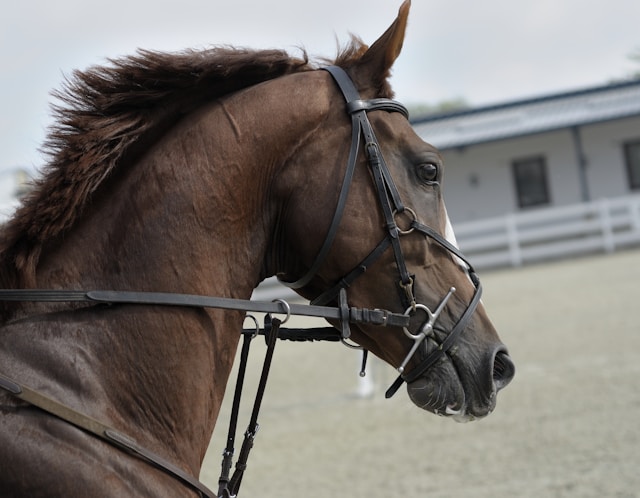
Types of Horse Bit and ...
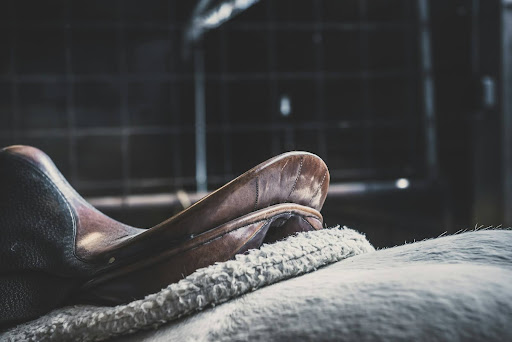
Is Hilason a Good Saddle ...
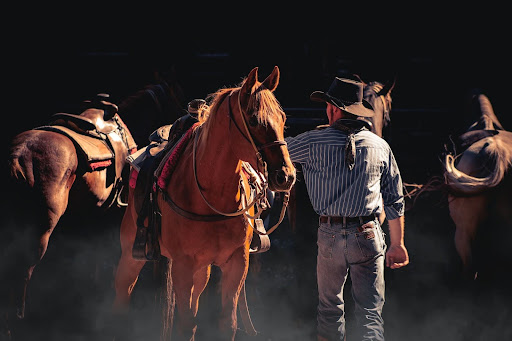
How to choose a bit ...
.jpg)
Best Salt Blocks For Horses...
.jpg)
Types of Horse Brushes (Equine ...
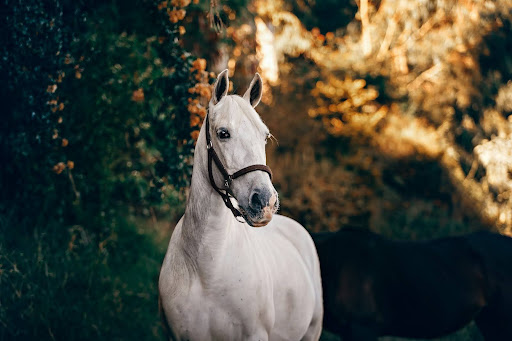
How To Get a Horse ...
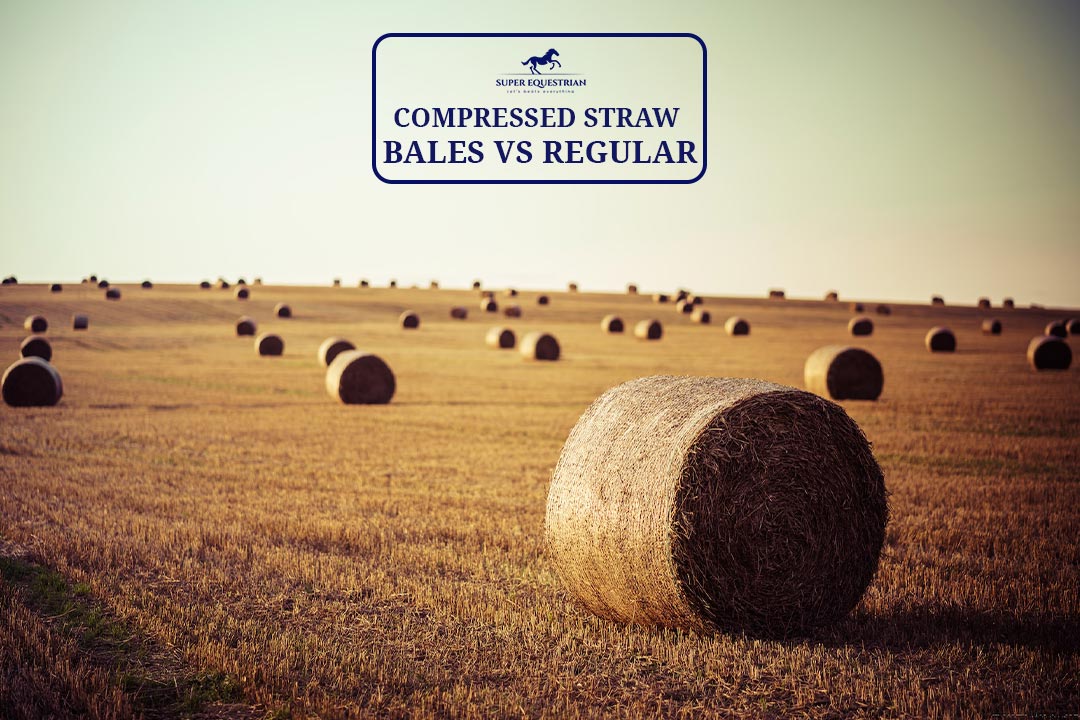
Compressed Straw Bales Vs Regular? ...
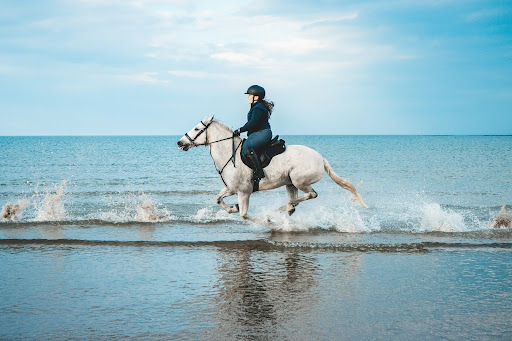
Horse Riding Lessons For Intermediate ...

Horse Trailer Brands To Avoid...

Strawberry Roan vs Red Roan? ...
.jpg)
Gelding vs Stallion...
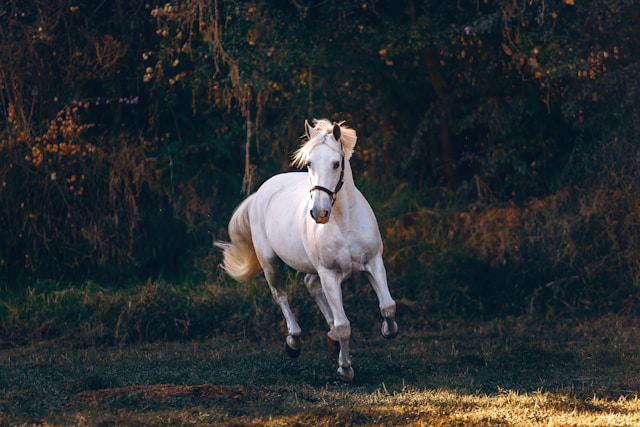
Why Does a Horse Whinny? ...
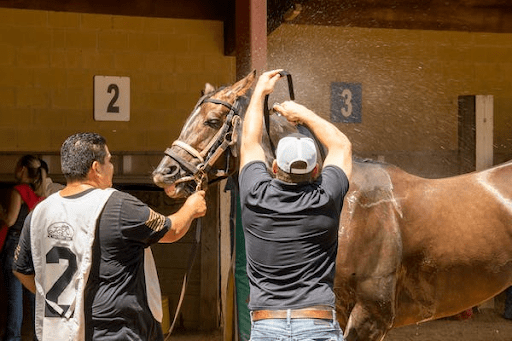
How to Clean a Rusty ...
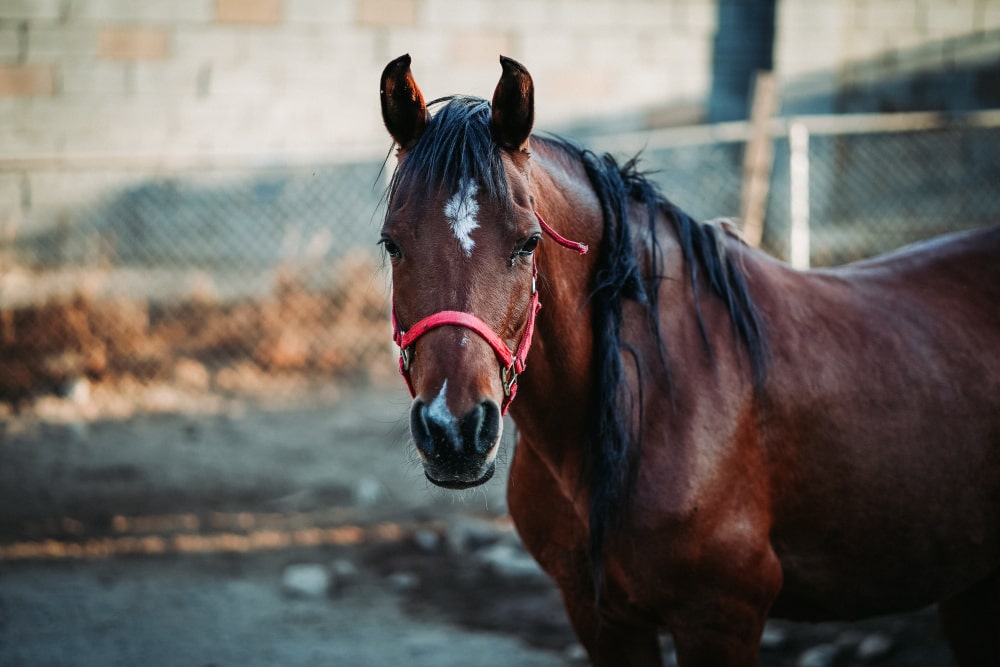
Why Do Horses Foam at ...
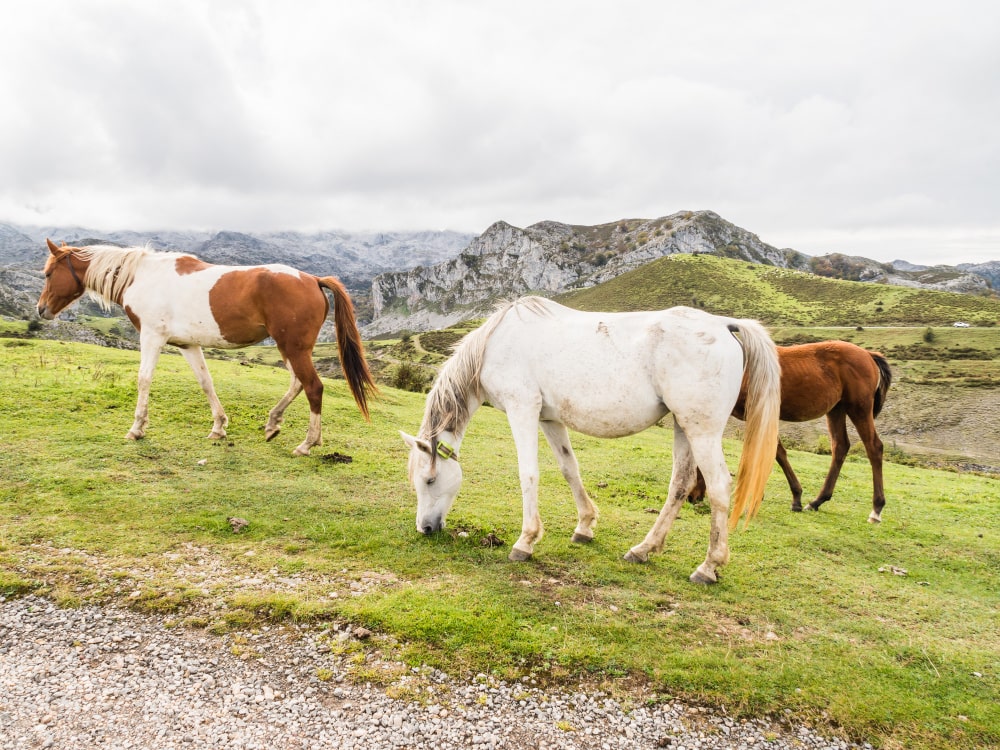
Why Do Horses Bob Their ...

Nutrition Unveiled: Triple Crown Senior ...
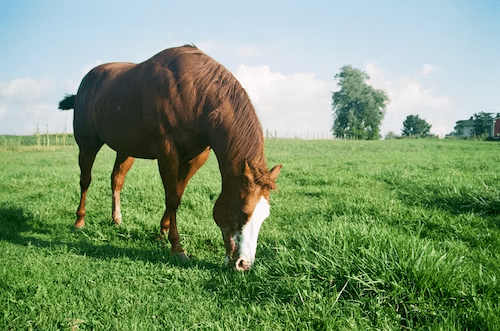
Pasture Pro Vs. Grazon: Horse-...
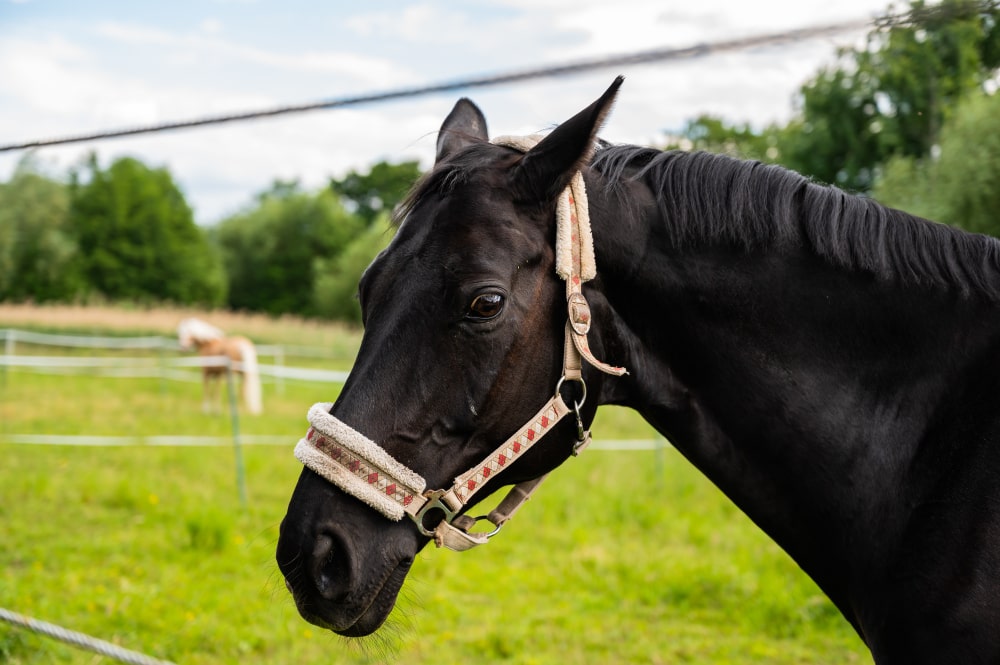
Dutch Gag Vs. Pelham: Bits ...

Walking Horse vs Racking Horse: ...
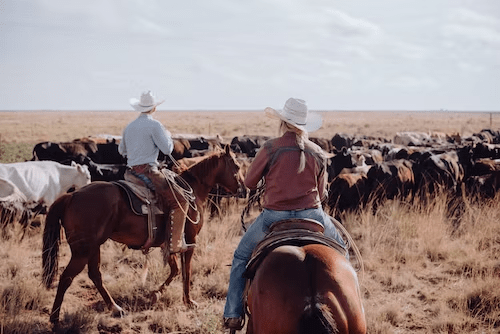
Wade vs Association Saddle: Your ...
.jpg)
Step Up vs Ramp Horse ...

Bosal vs Hackamore: A Head-...
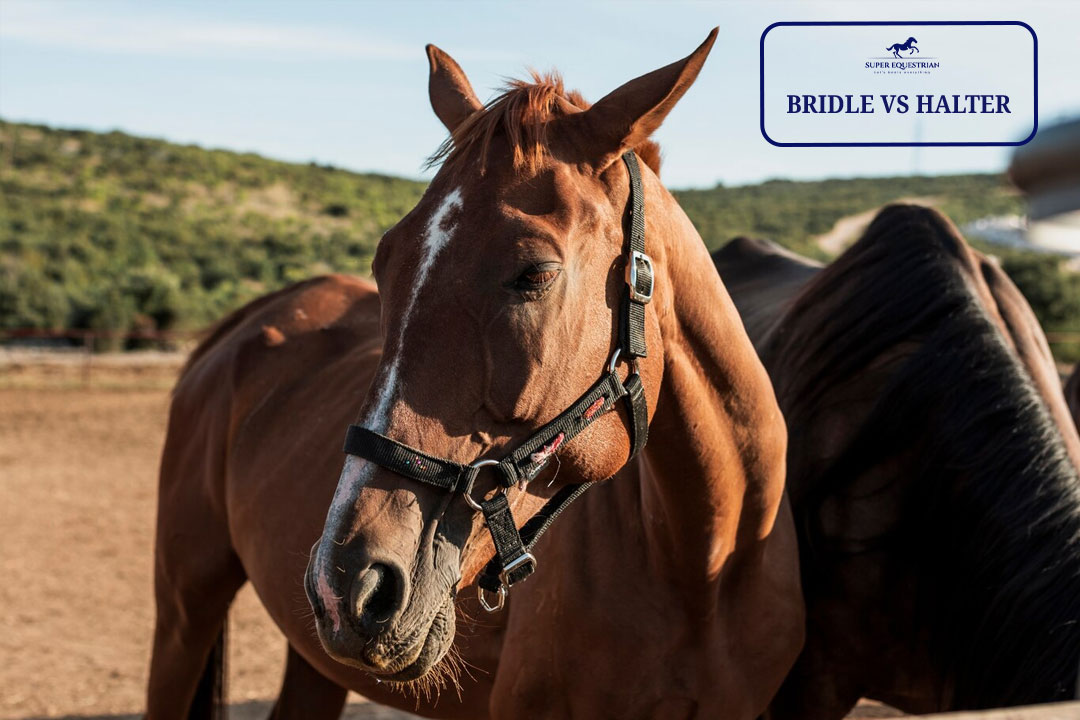
Bridle Vs Halter: Which One ...

Paddock Boots Vs Riding Boots: ...

Shadow Horse Trailer Problems: Causes, ...
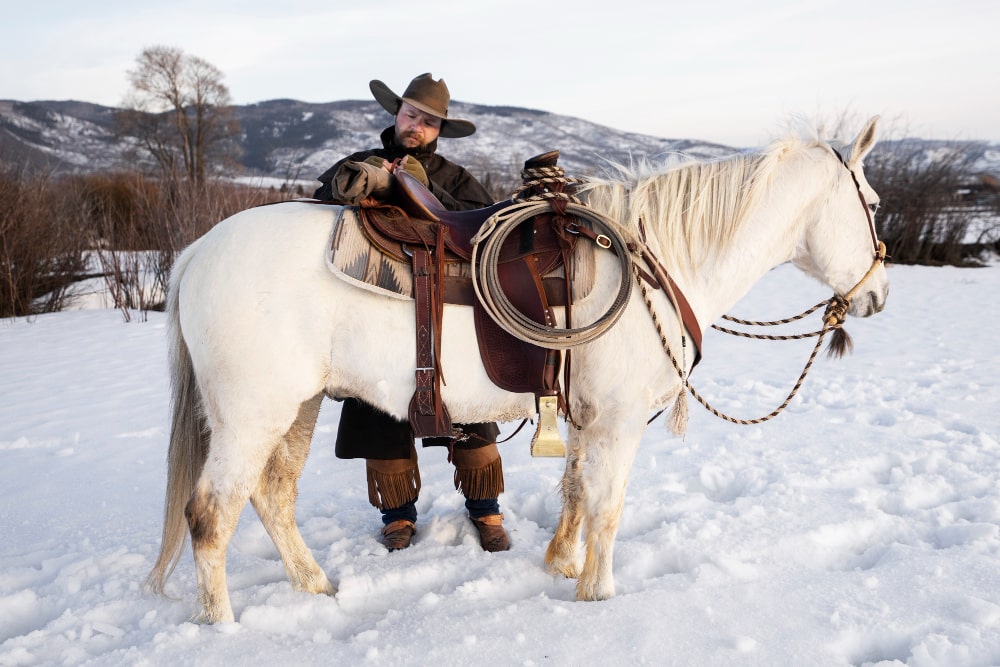
Are Billy Cook Saddles Good - ...

Let's Start at the ...
Benefits of Beet Pulp for ...
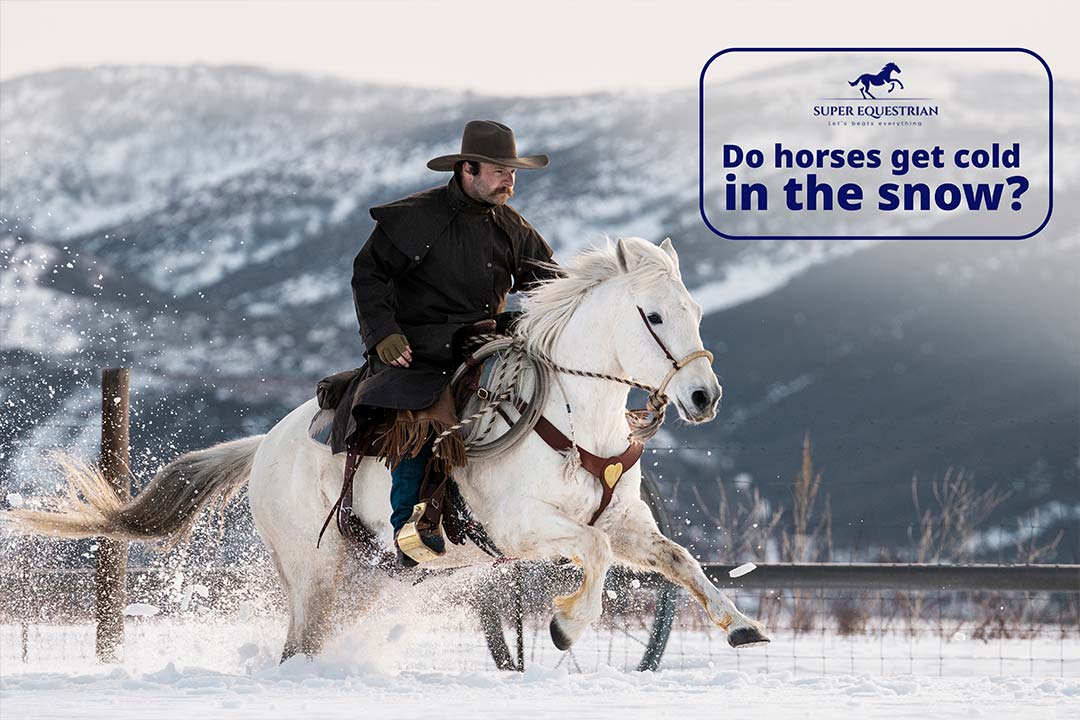
Do horses get cold in ...
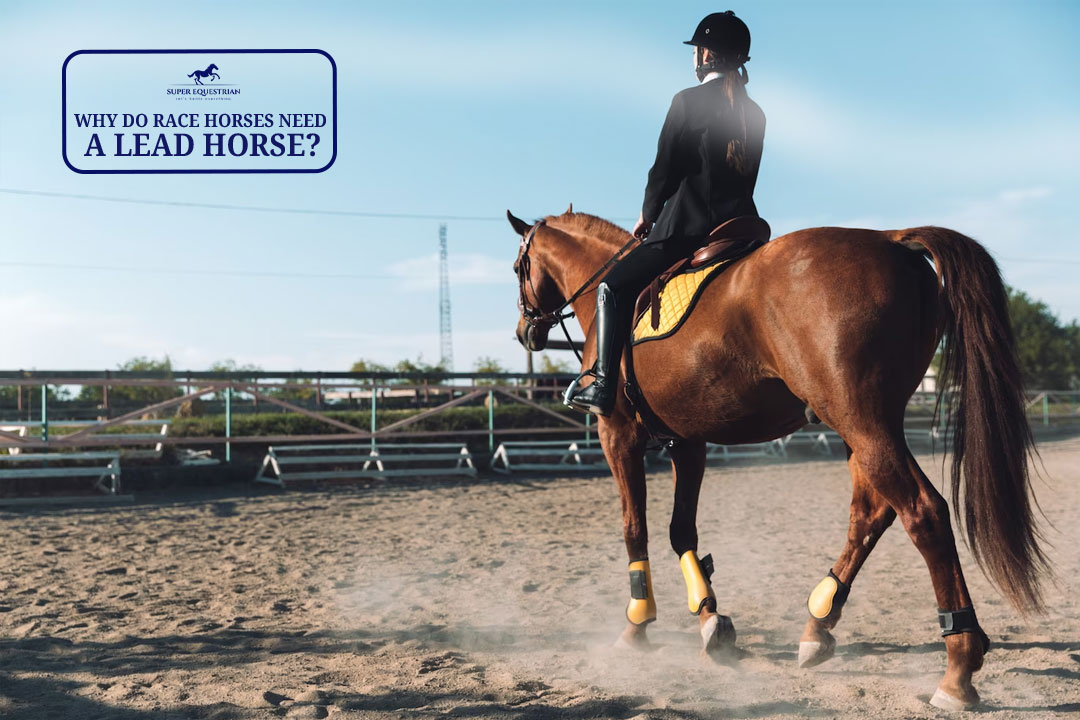
Why Do Race Horses Need ...
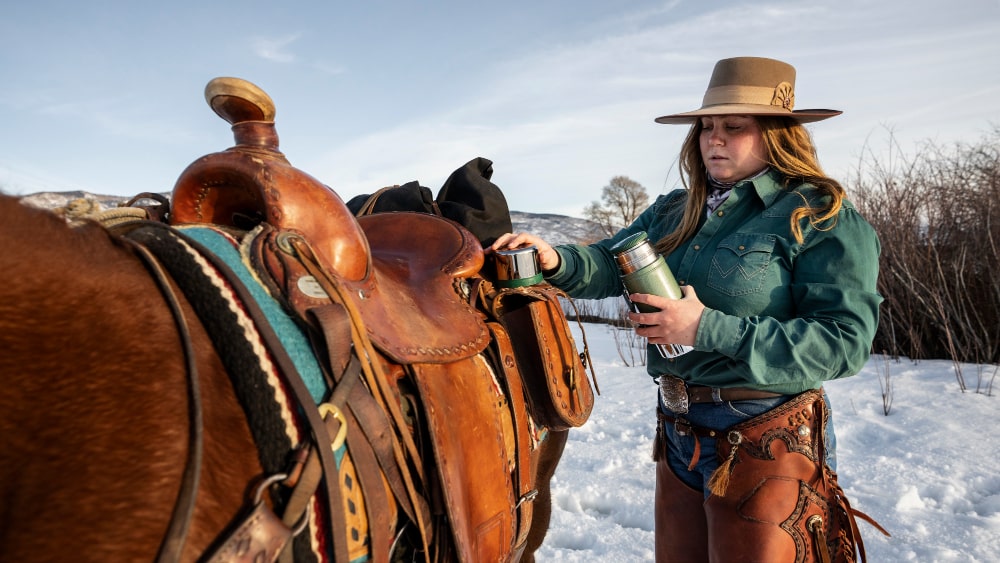
Ranch Saddle vs. Roping Saddle: ...

Round Pen vs Square Pen ...

Must Have Horse Trailer Accessories: ...
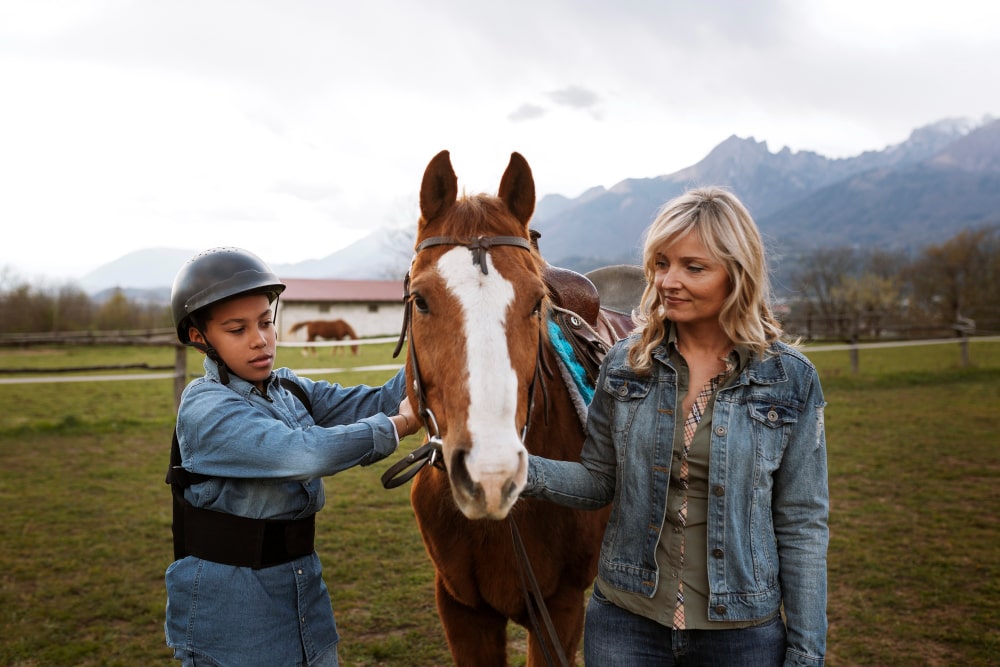
Is MIPS Worth for Equestrian?...
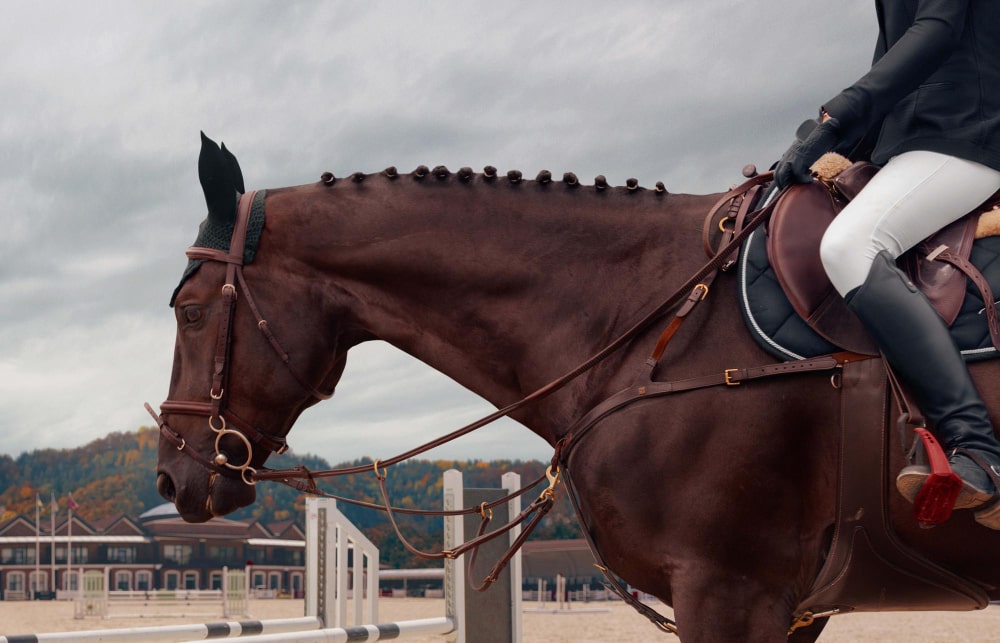
Natural Horsemanship vs Positive Reinforcement: ...

How to Mount a Horse ...
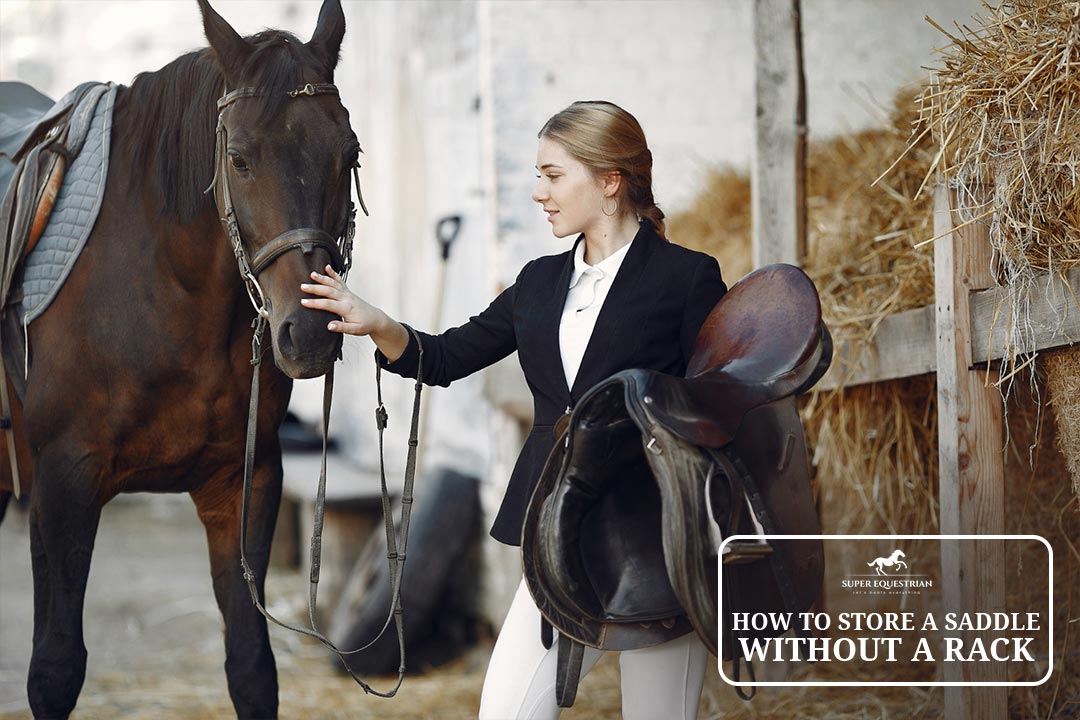
How to Store a Saddle ...
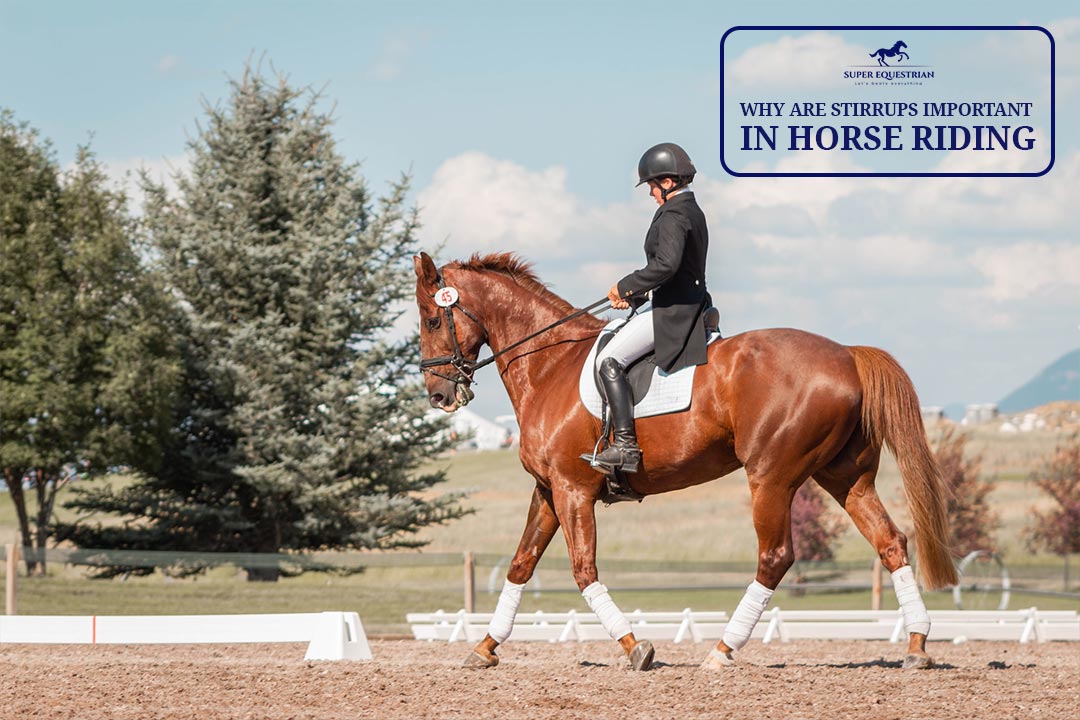
Why are Stirrups Important in ...
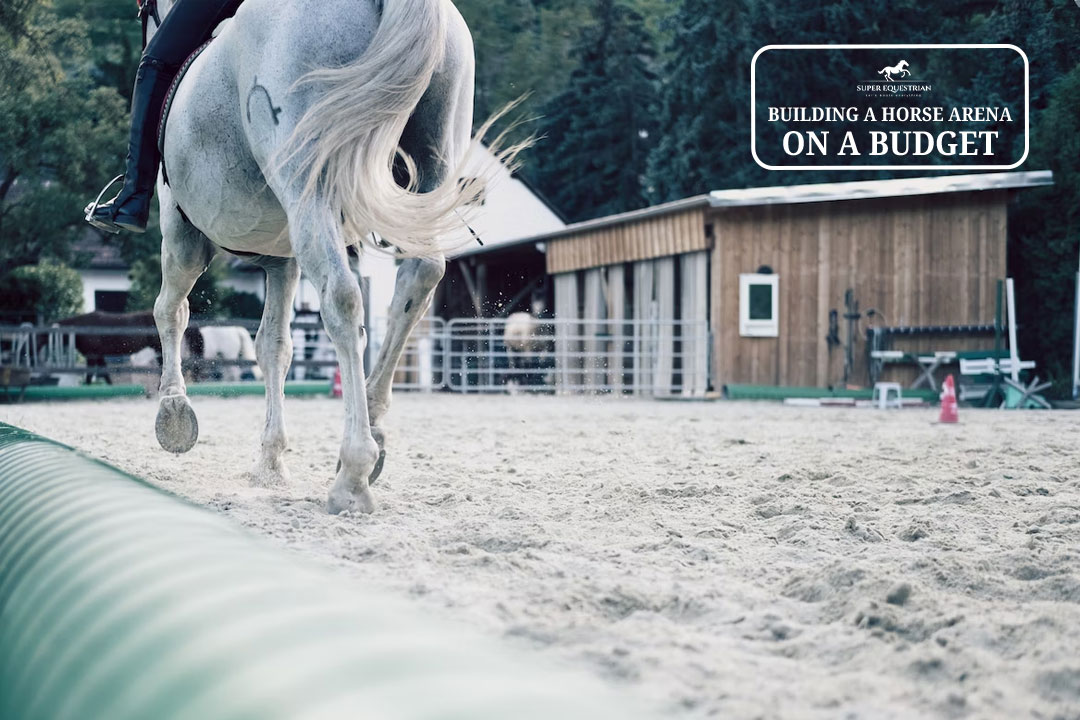
Building a Horse Arena on ...

How to Make Horse Treats ...

Order of Grooming a Horse...

Horse Riding Lessons Plan: The ...

Horse Trailer Roof Replacement and ...
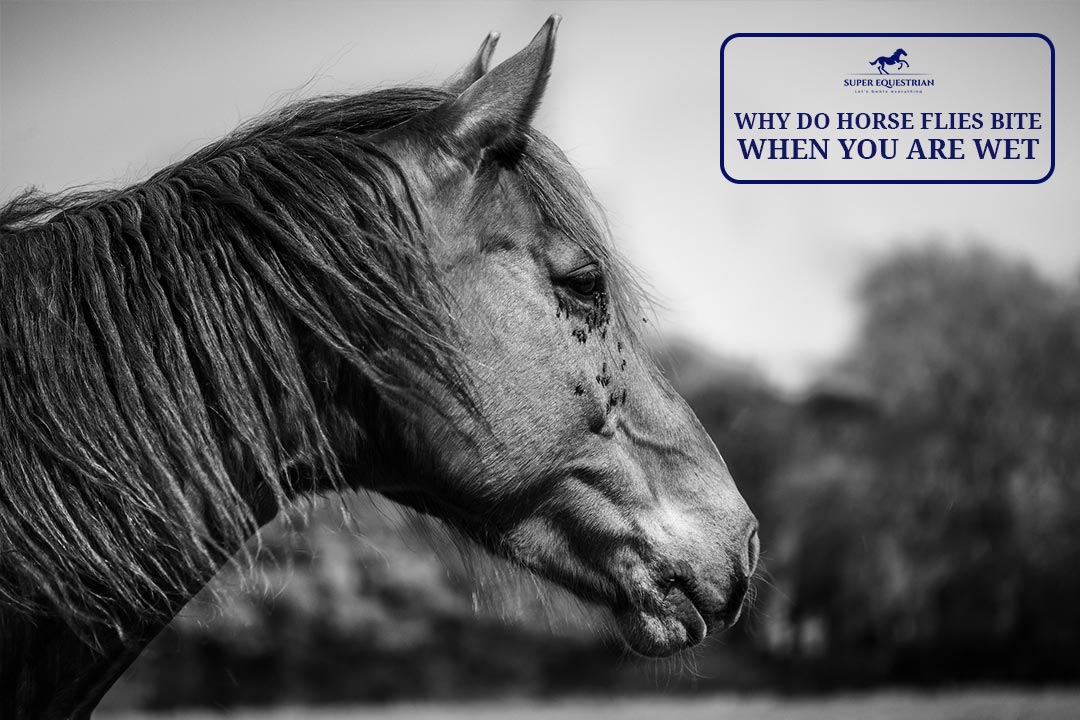
Why Do Horse Flies Bite ...
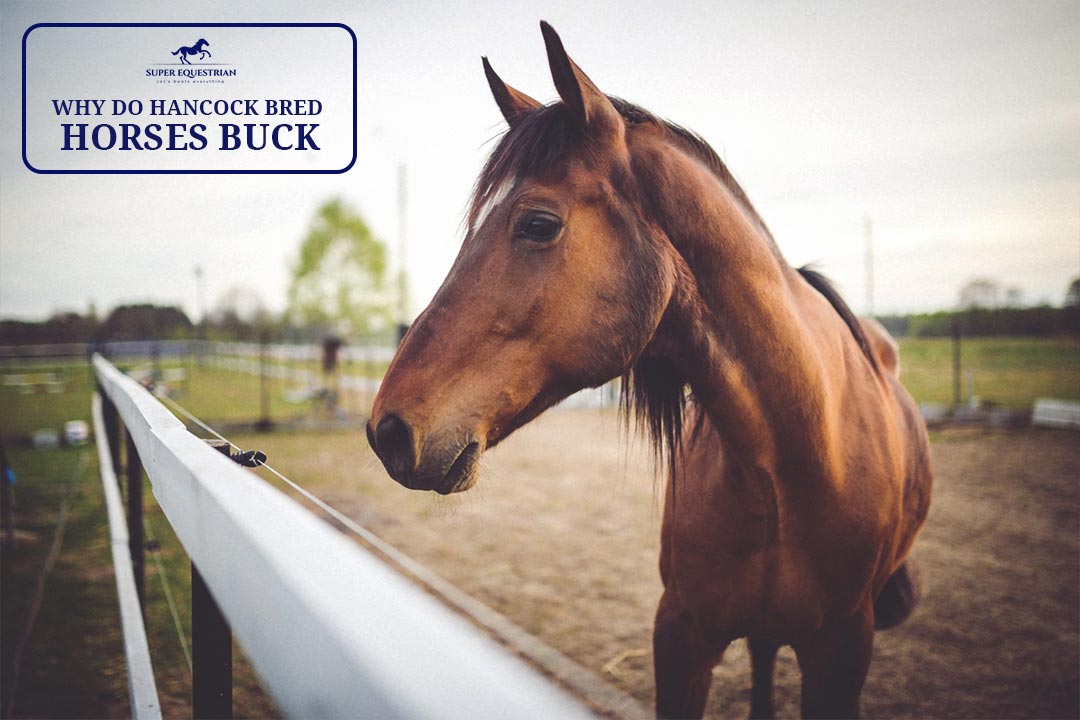
Why Do Hancock Bred Horses ...

Quarter Horse Bloodlines to Avoid...
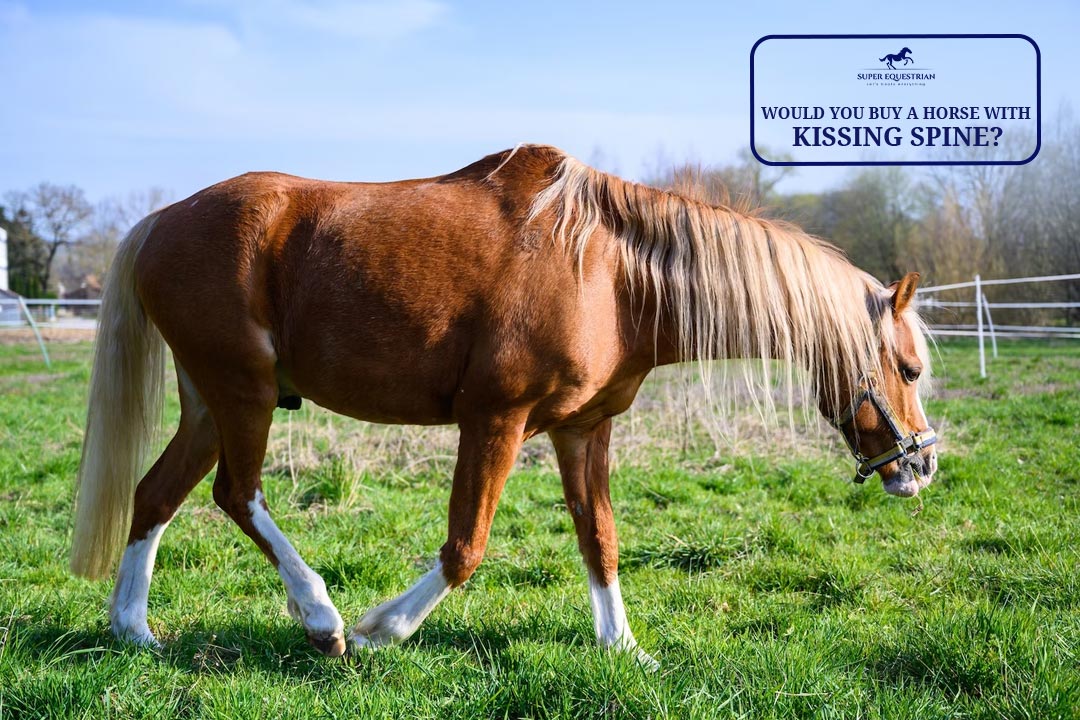
Would You Buy a Horse ...
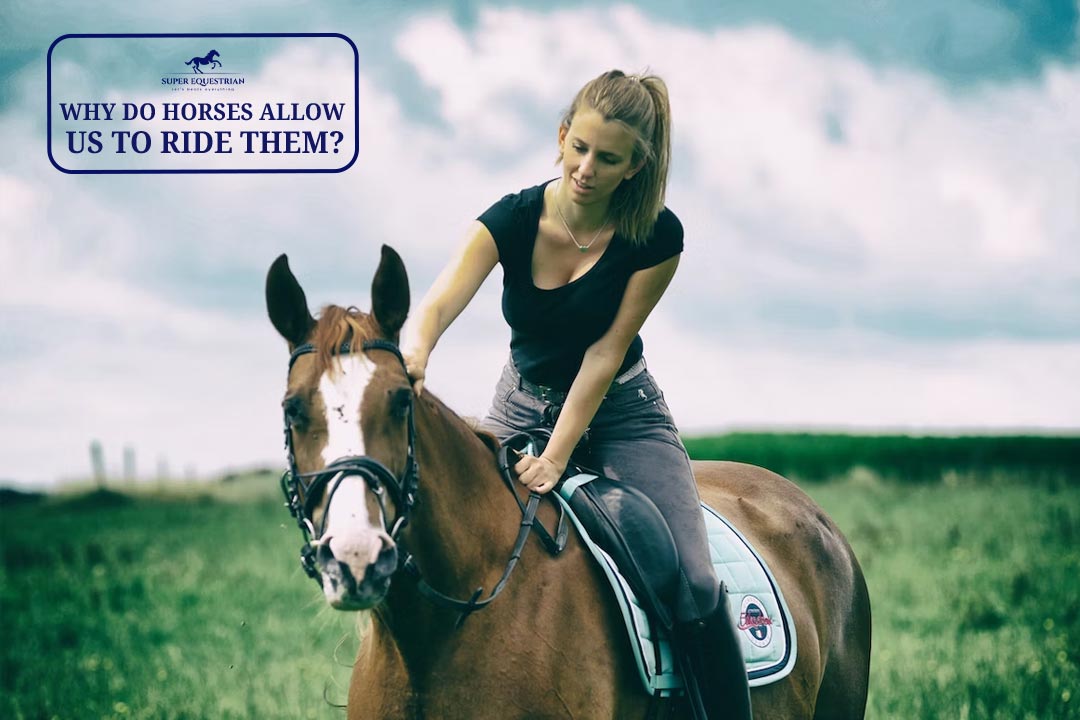
Why Do Horses Allow Us ...
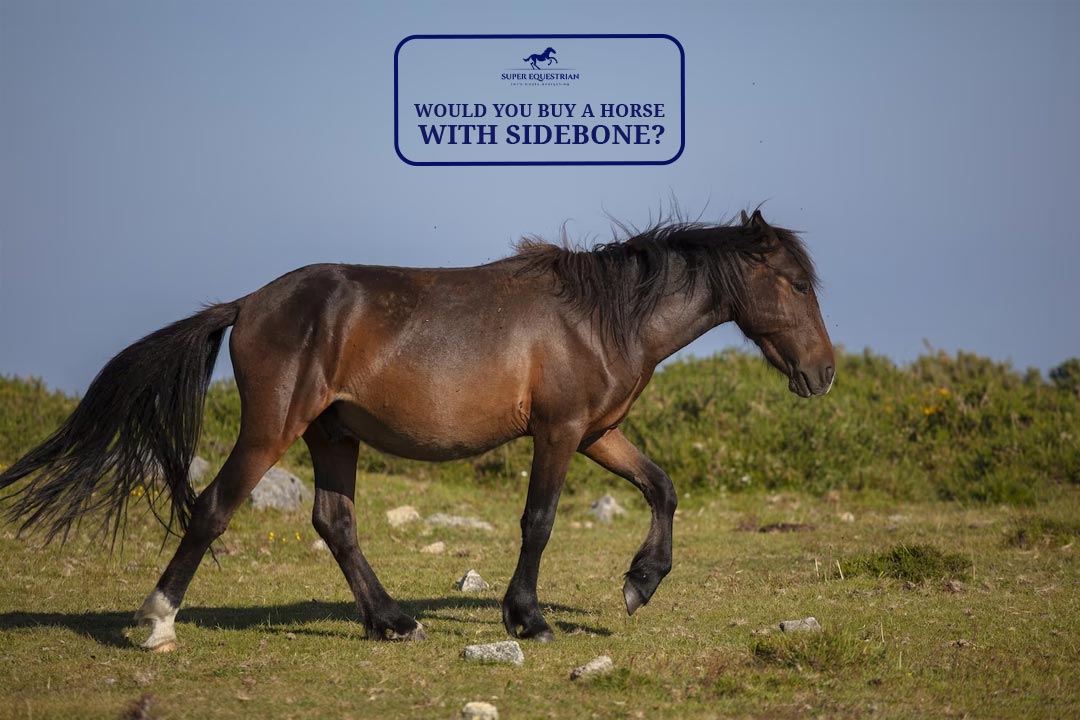
Would you buy a horse ...

Why Are Klapper Bits So ...
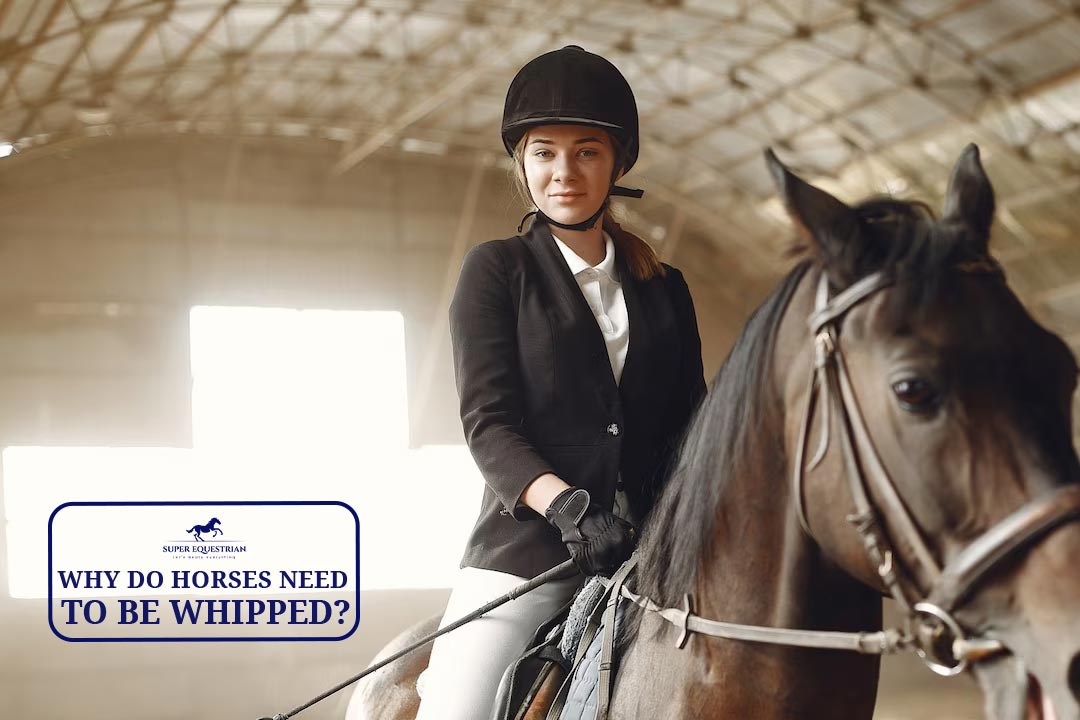
Why do horses need to ...

Why do you mount a ...
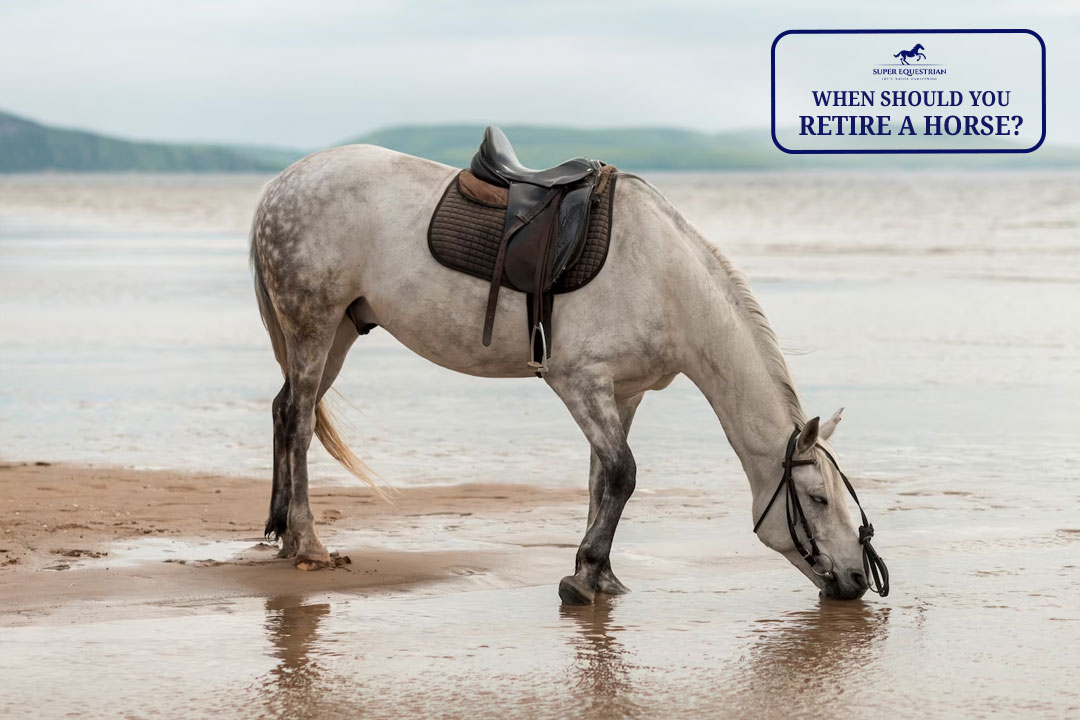
When Should You Retire A ...

Why Are Horses Whipped When ...
.jpg)
Why Do Horses Have A ...
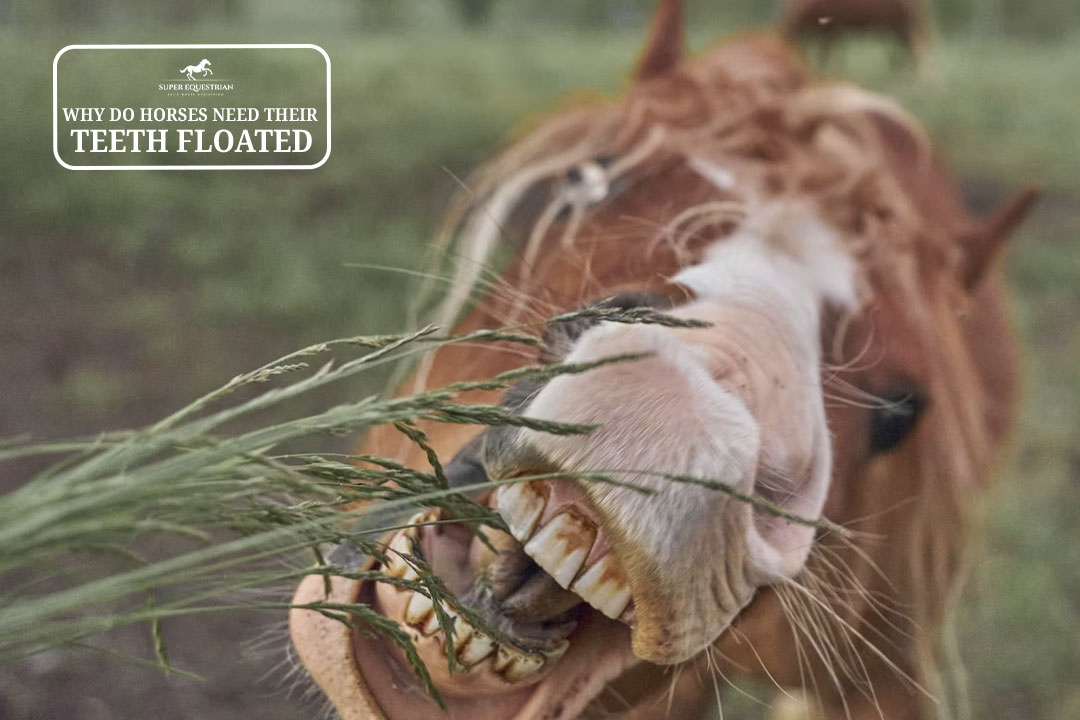
Why Do Horses Need Their ...

What To Do If Horse ...

What To Do If A ...
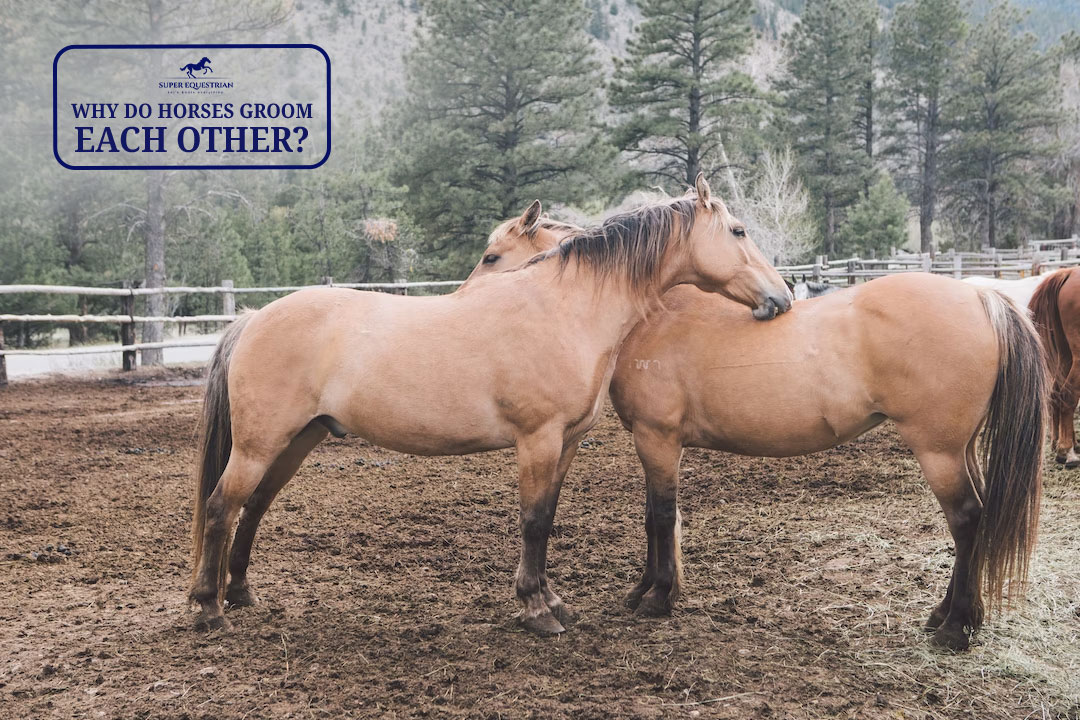
Why do horses groom each ...
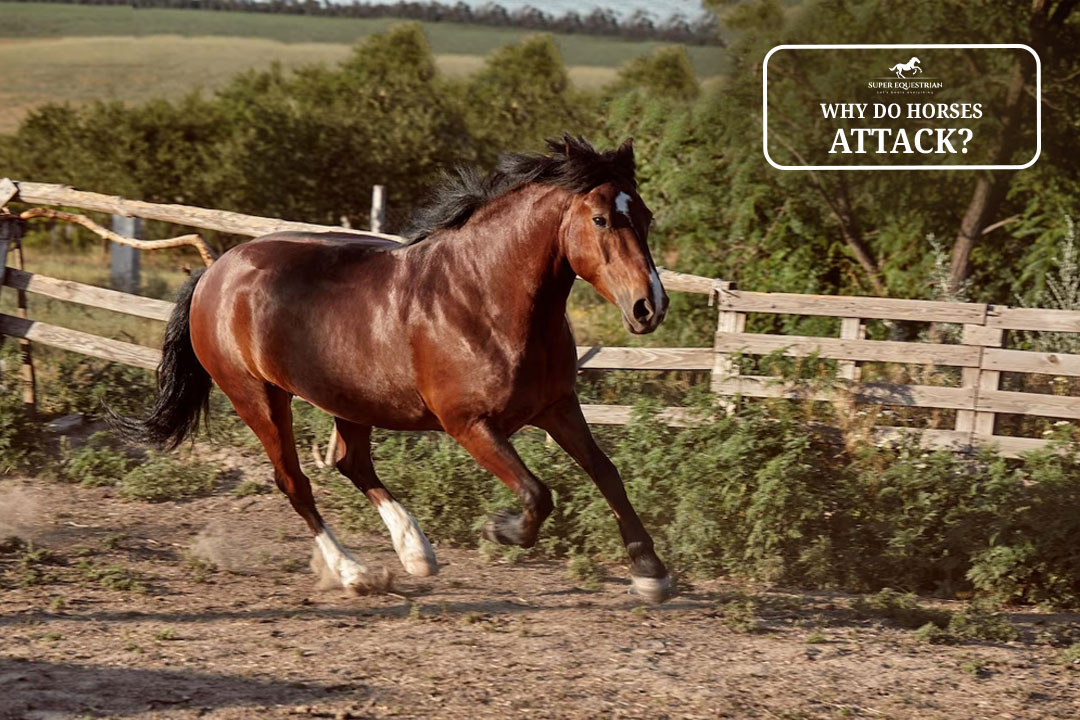
Why do horses attack...

Should I Use a Martingale ...

How to fit bell boots ...
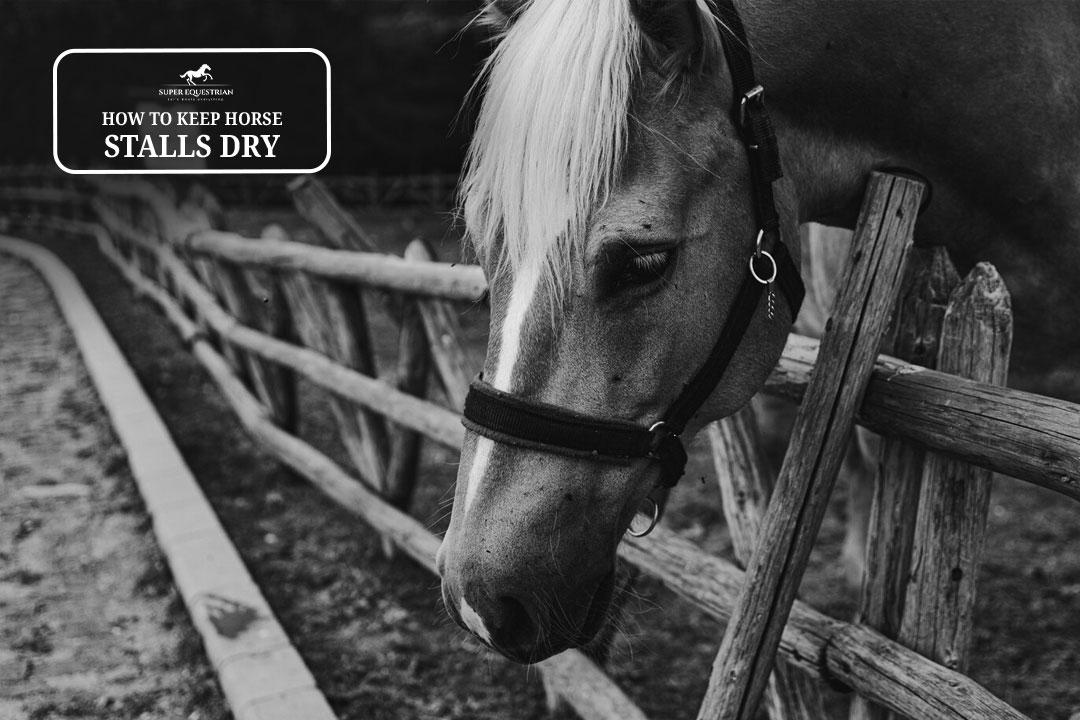
How To Keep Horse Stalls ...
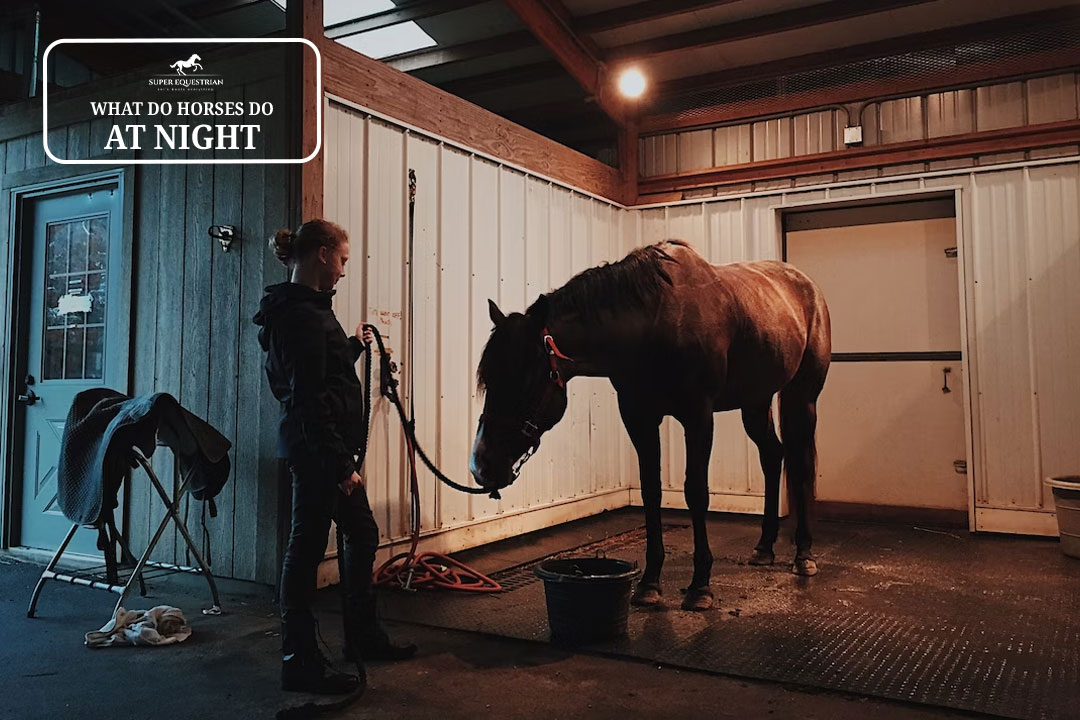
What Do Horses Do At ...
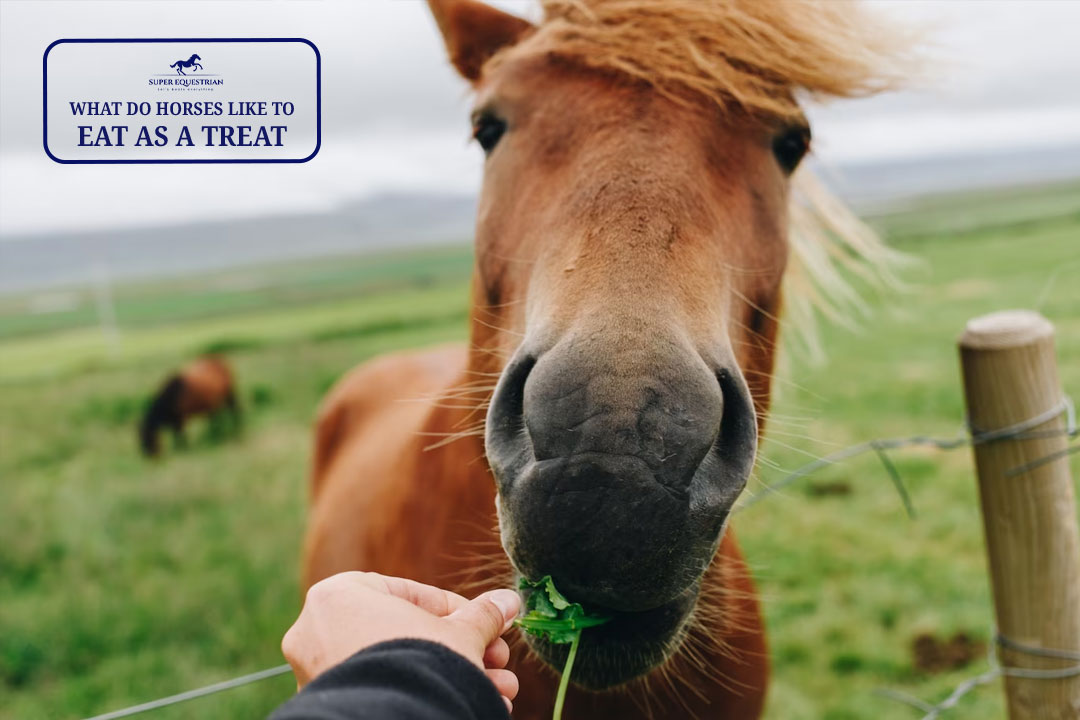
What do horses like to ...

Why do wild horses get ...
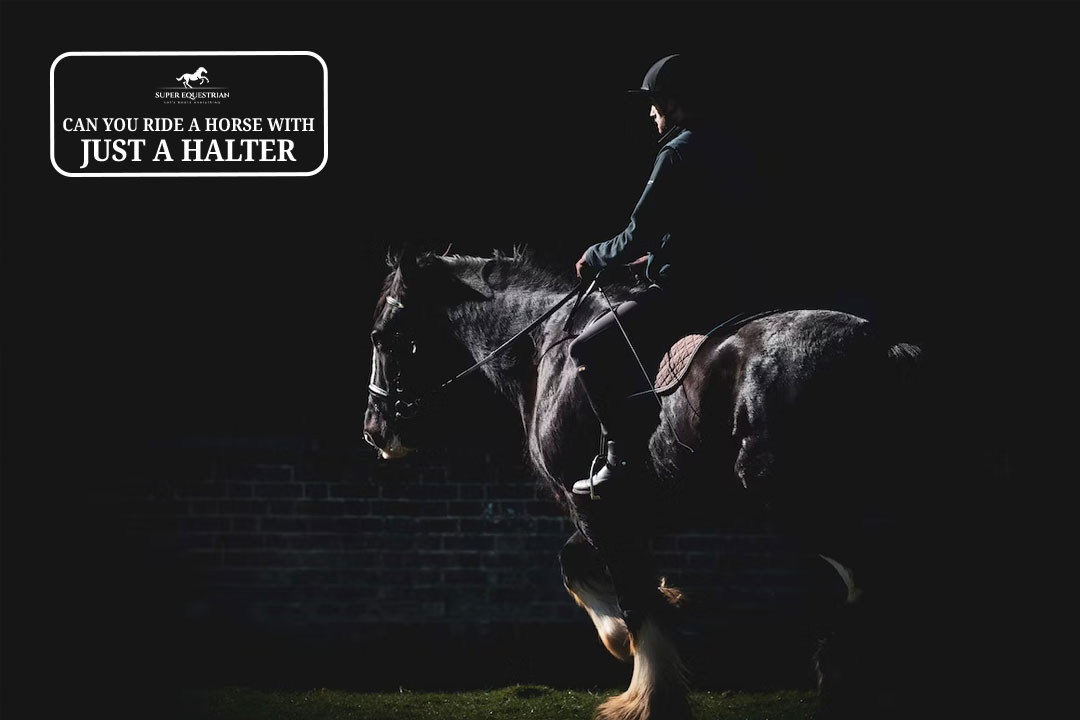
Can you ride a horse ...
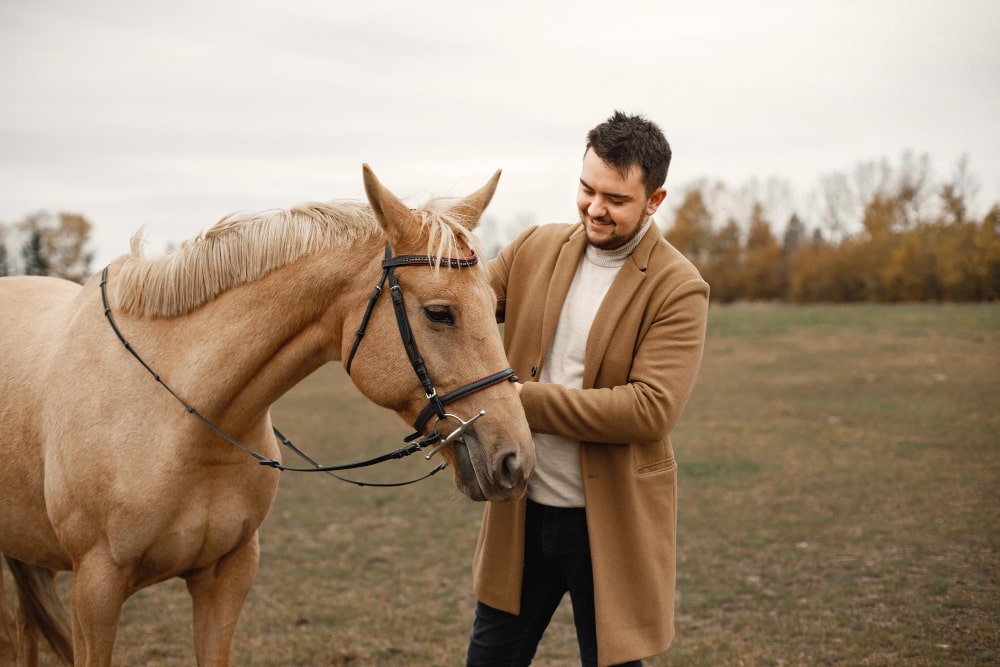
Are horses protective of their ...

Why racking horses are popular ...
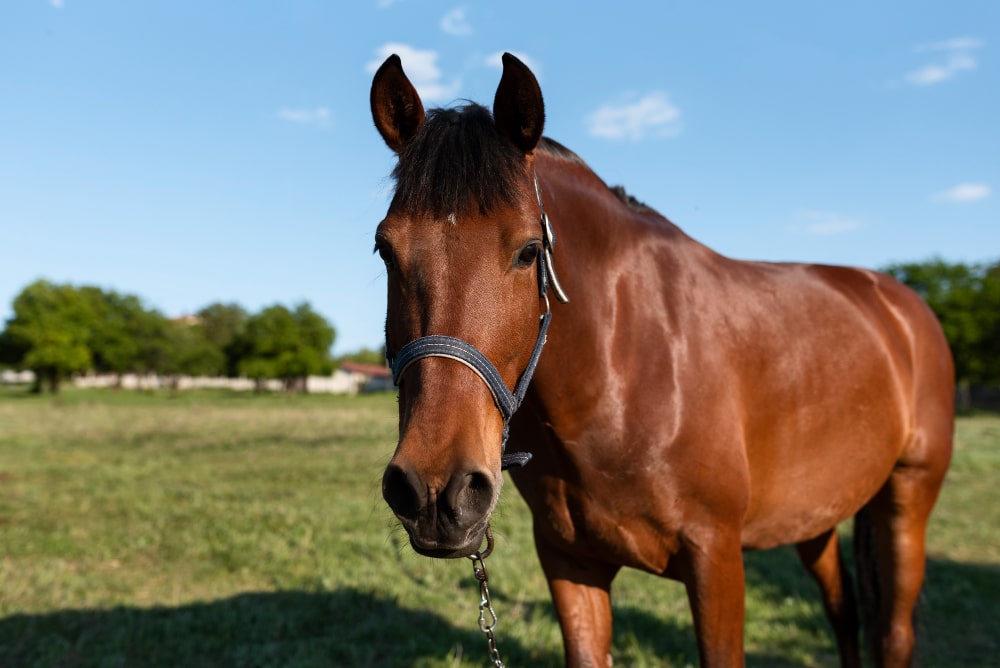
How To Keep Horses Off ...
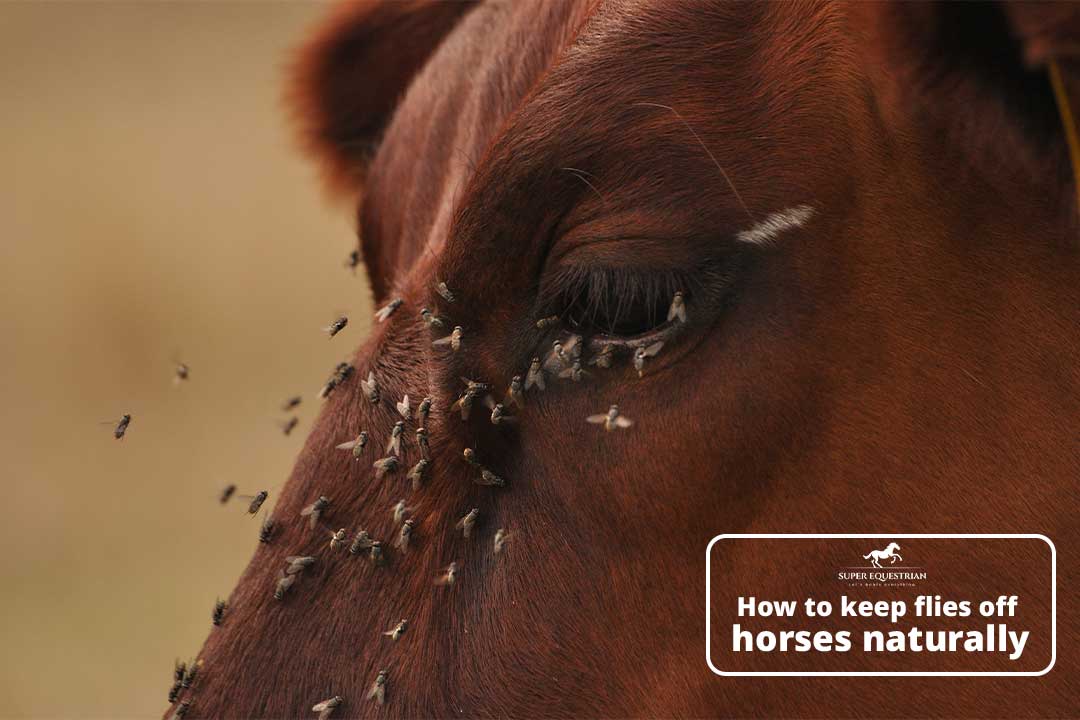
How to Keep Flies Off ...

Pros and Cons Using A ...
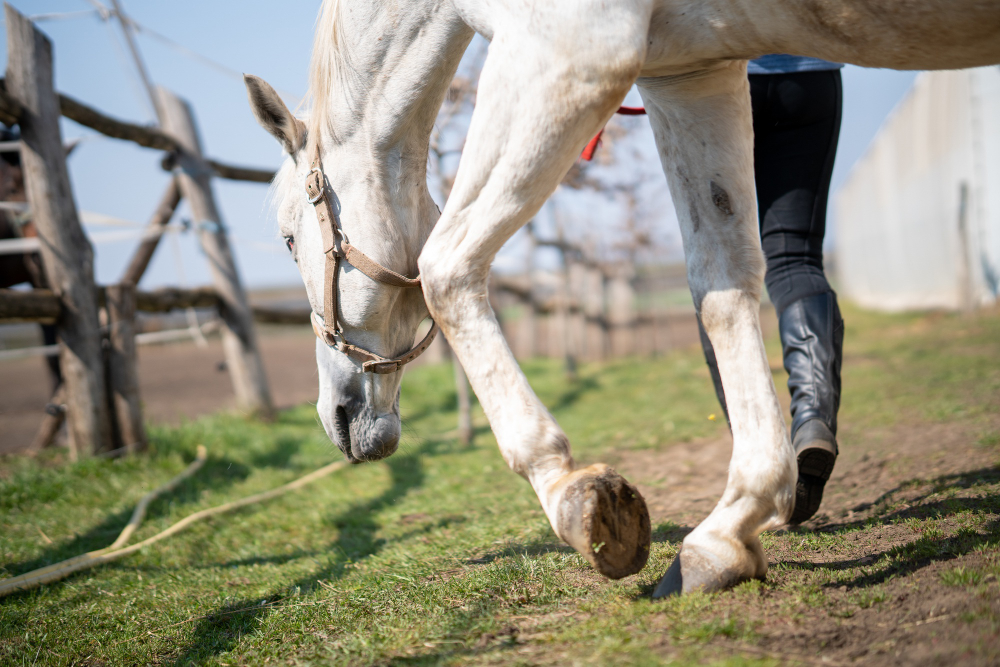
Can you ride a horse ...

Why are Corriente saddles so ...
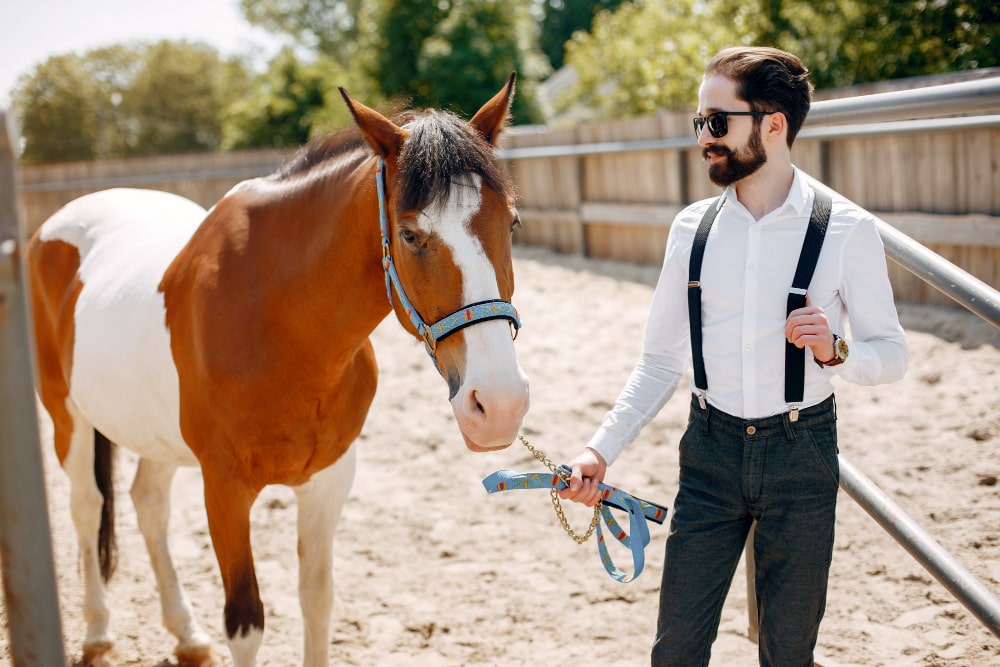
Pros and cons of equine ...
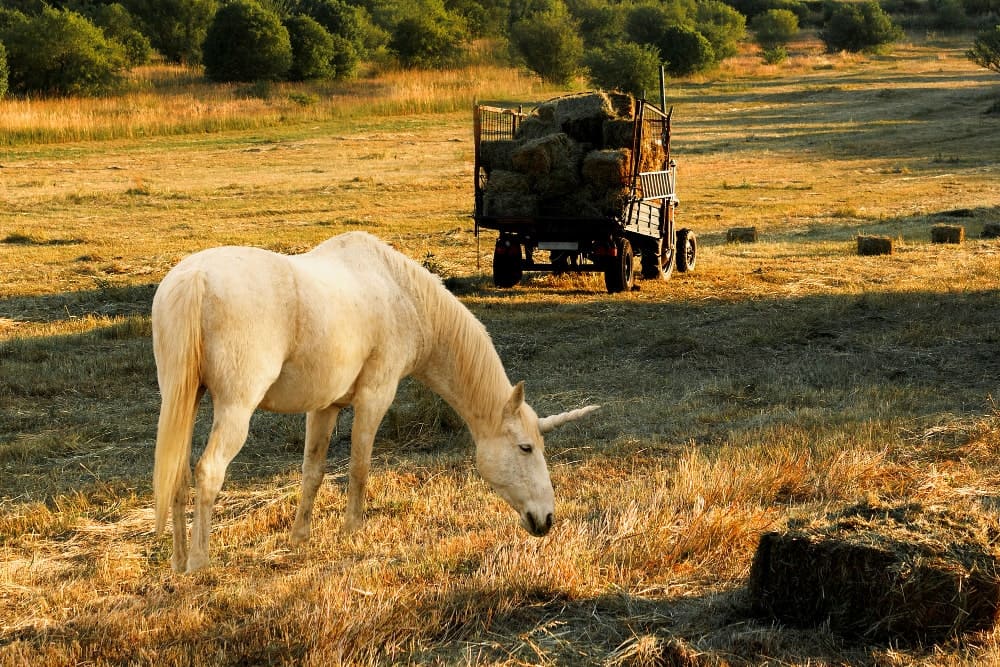
How Long After Mowing Can ...

How to Care for a ...
.jpg)
Why Do Horses Wear Blinders: ...
.jpg)
How to fit an exercise ...

Why is my horse bucking ...
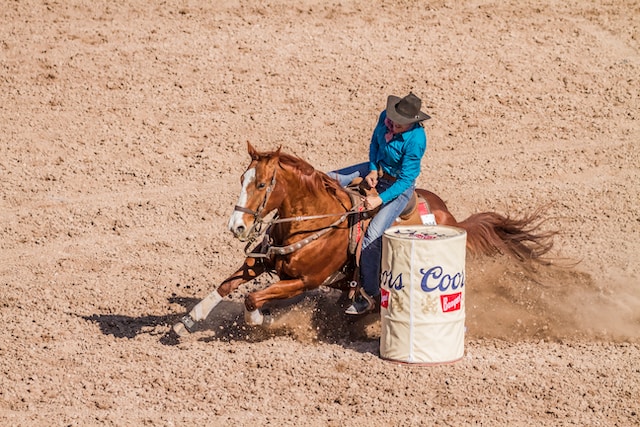
What causes a horse to ...

How to Stop a Horse ...
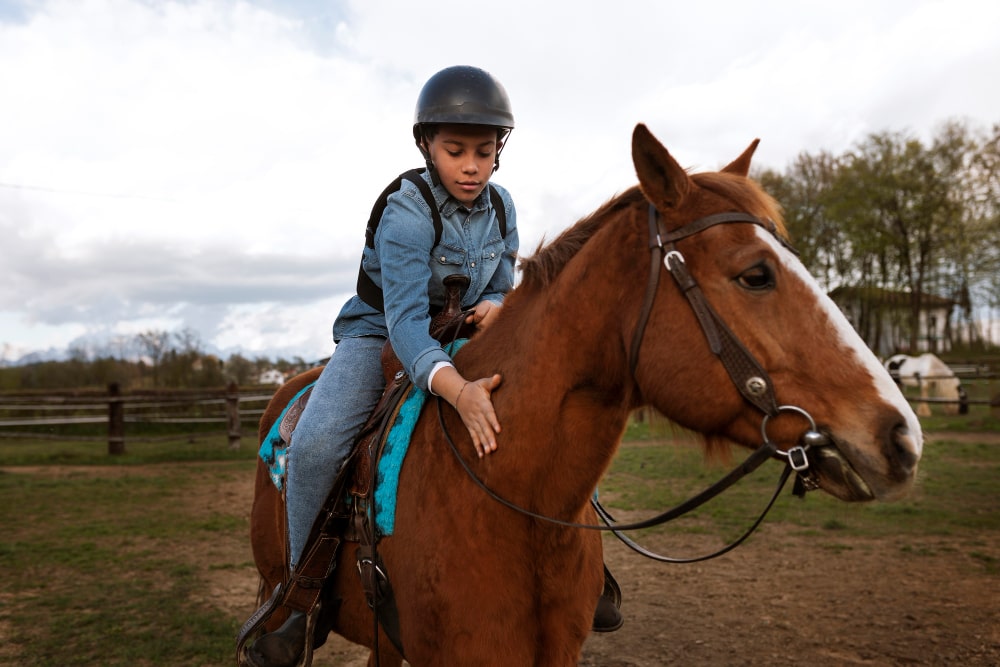
Why Is My Horse Bunny ...
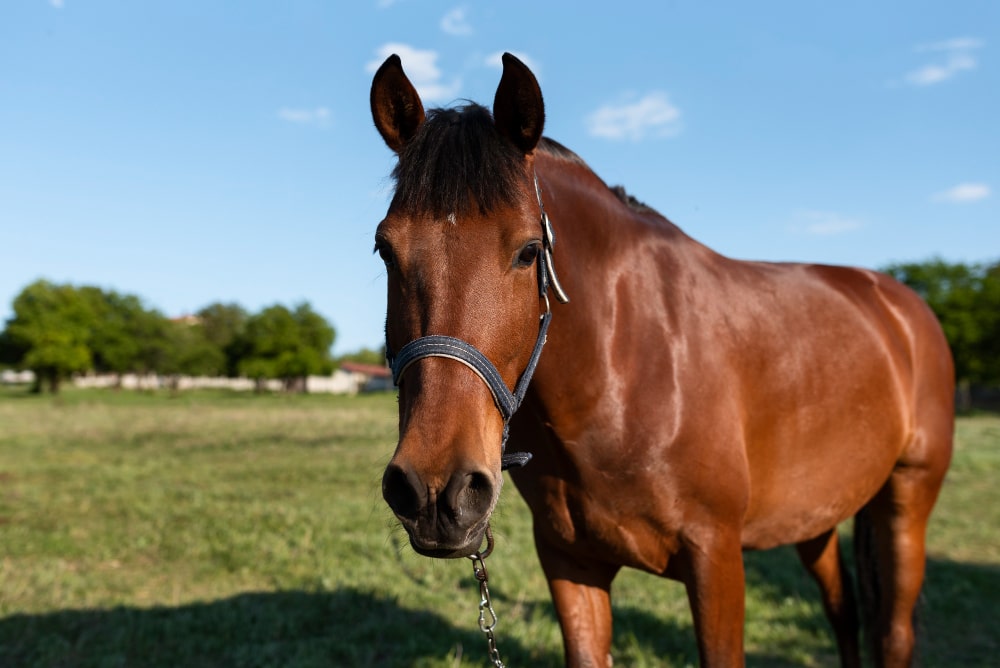
How To Improve Pasture For ...
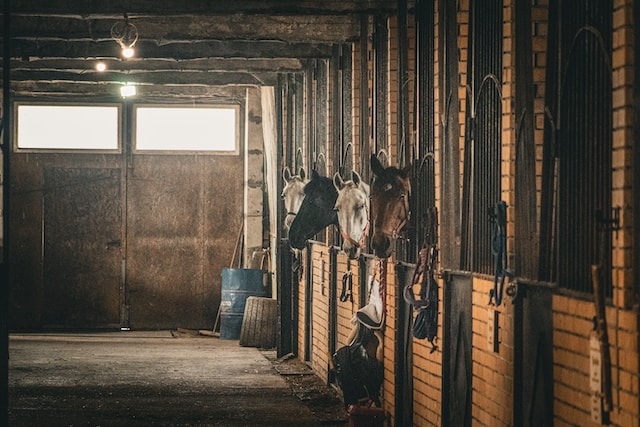
How to get the smell ...

Can you add ramp to ...

What Is The Temperament Of ...
.jpg)
Why Is Friesian Horse Hair ...
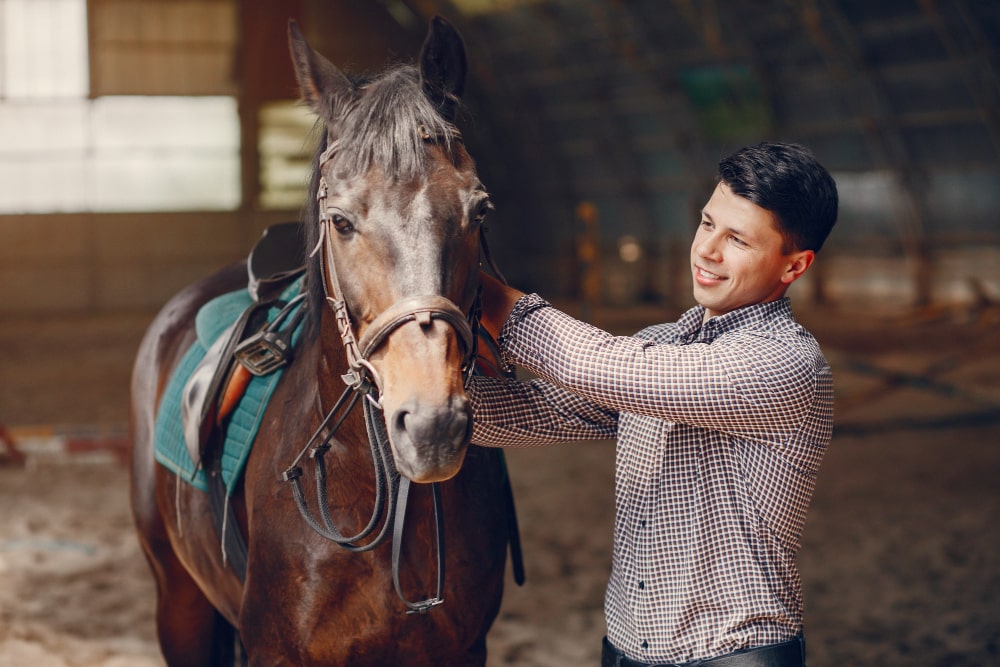
Why is my horse testing ...
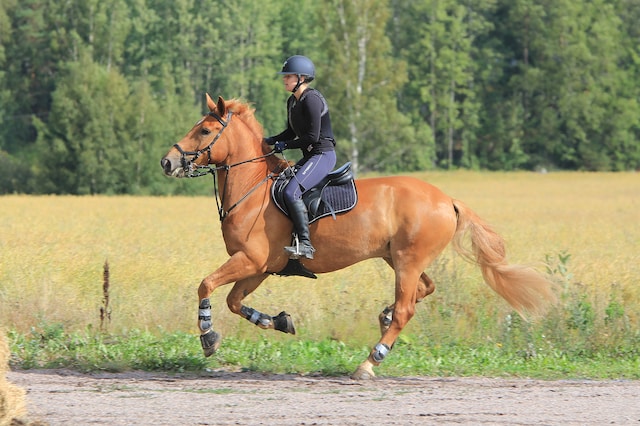
How often you should take ...
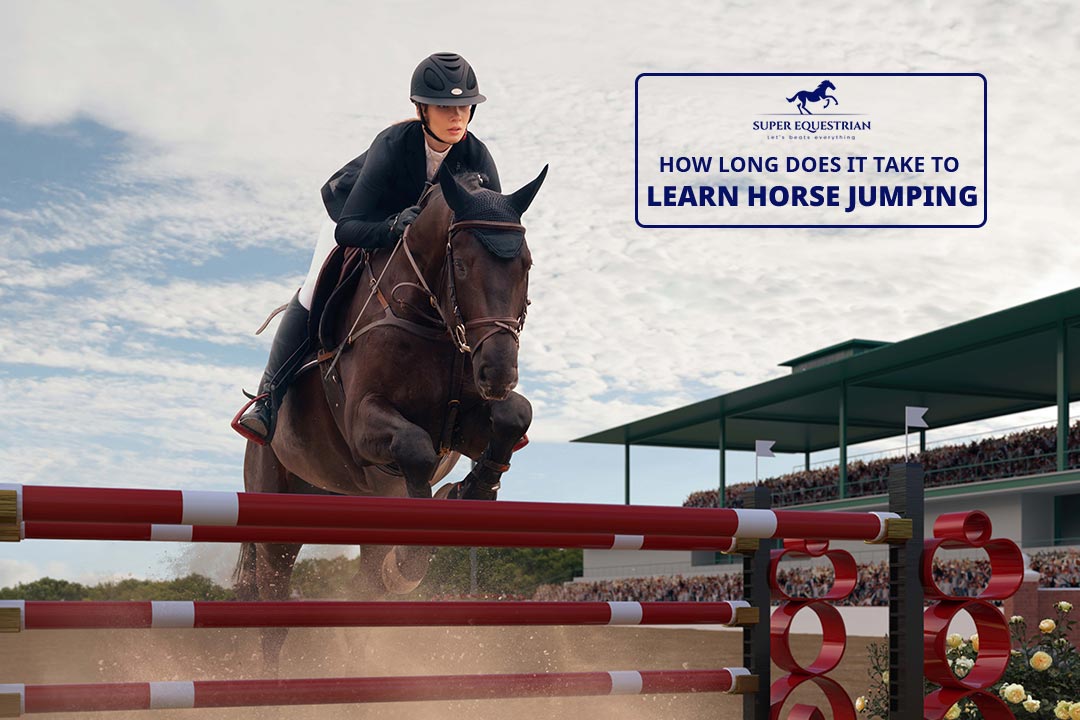
How long does it take ...
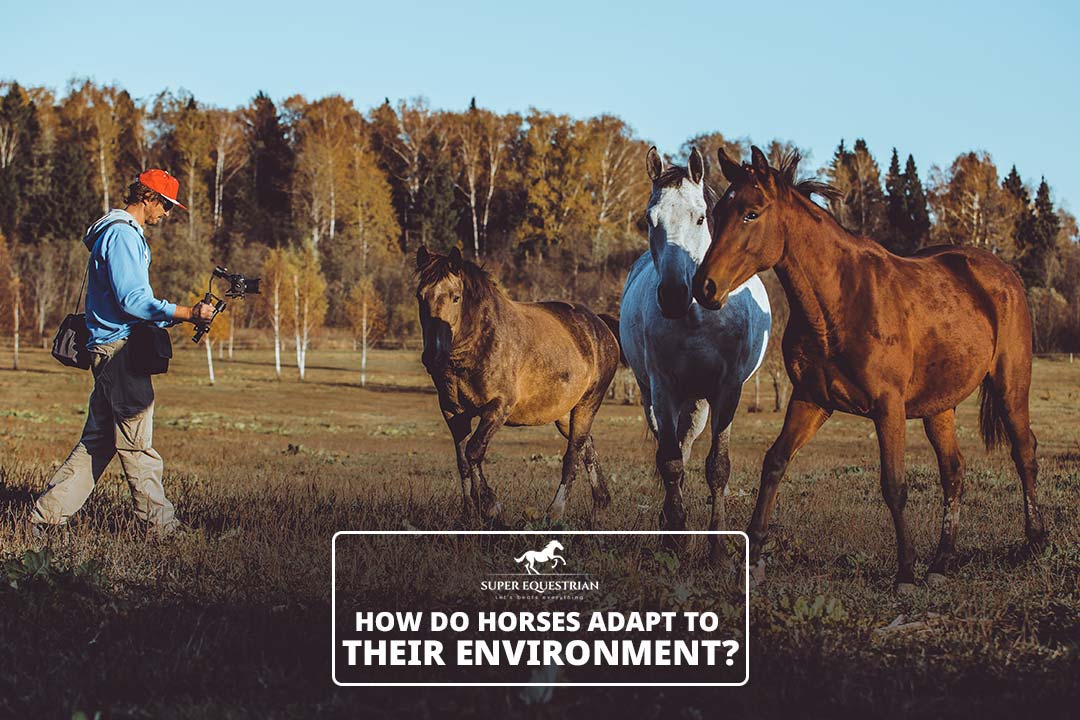
How do horses adapt to ...

How To Prepare For A ...
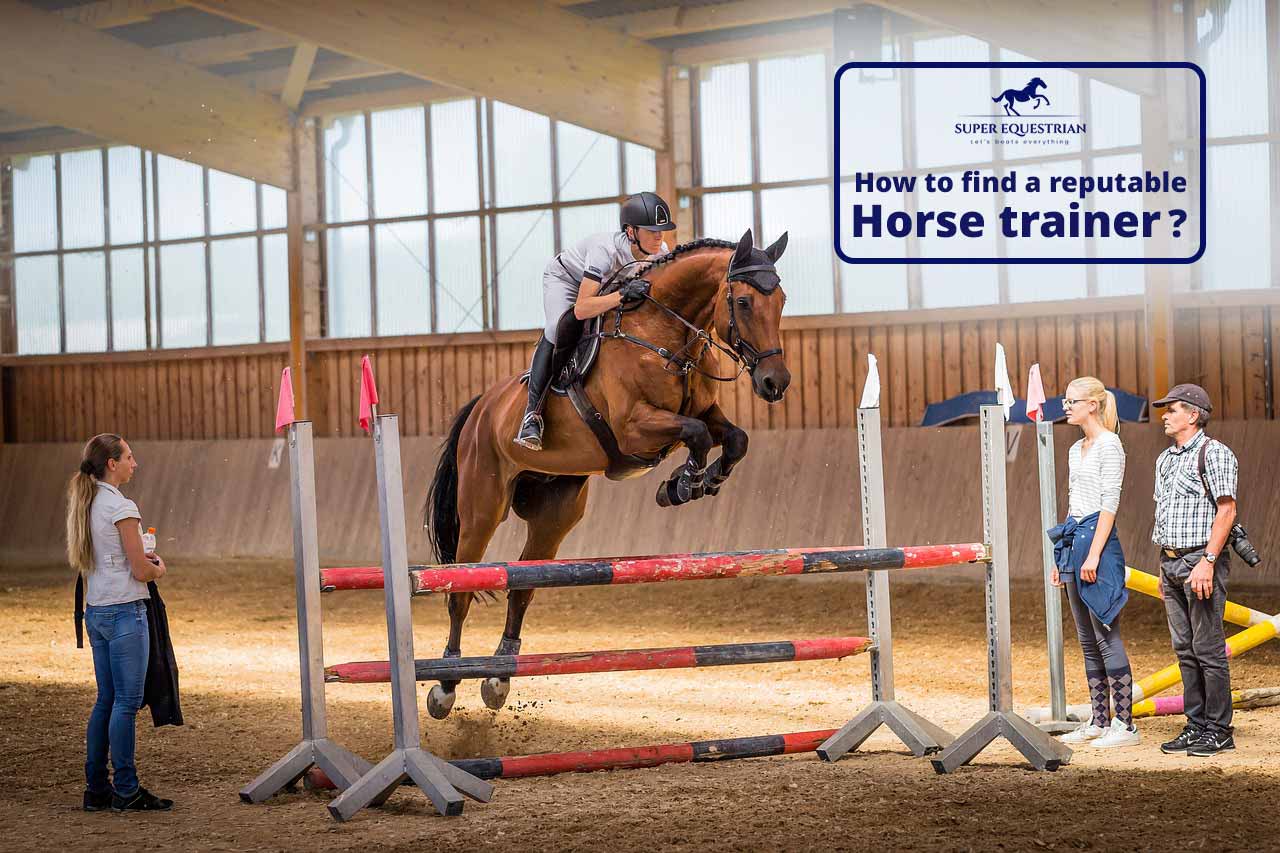
How To Find A Reputable ...
.jpg)
Do Horses Get Medals at ...

How to create a horse-...